When cabin fever gets the best of you, plan a fun day of adventure in nearby Gulfport - including a visit to the new aquarium.
- story by Dena Temple photos by Dena and John Temple
Spring is a beautiful time of year here on the Gulf Coast. This is the perfect season to spend time at home, especially outdoors – even if it’s not by choice. If you will be “sheltering in place” because of the coronavirus, is your yard as beautiful as you’d like it to be?
- Story and photos by Dena Temple
Autumn is perhaps the best season to appreciate the beauty and environmental significance of coastal Mississippi, and some of the unique places – and wildlife – that make our area special.
- story by Dena Temple - photos by Dena Temple (unless otherwise attributed)
East of Gulfport and Biloxi we traverse a 4-mile elevated roadway over the Pascagoula River delta. Below is the largest undammed river in the lower 48 states. In 1974, the Nature Conservancy and other conservationists rallied to bring 35,000 acres of the Pascagoula River watershed under public protection. This led to a river corridor presently buffered by almost 70,000 acres of public and private conservation lands. The Nature Conservancy today continues to monitor and maintain the condition of the Pascagoula River Watershed for wildlife and future generations (read more about their conservation efforts here). Just beyond the elevated roadway is Exit 68 for Moss Point. A brown sign confirms that this is our exit for the Pascagoula River Audubon Center, just a few minutes down the road. Pascagoula River Audubon Center
Their small parking area is bordered by a fence hand-decorated with egrets welcoming visitors to the center. It’s lovely, but more interesting is the unusual pavement in the parking lot. A grid of black plastic circles keeps the pea gravel paving material at bay. An interpretive sign provides fascinating information on the use of this and other “pervious” or permeable paving materials, which help reduce runoff and allow the groundwater to recharge. Our lessons begin here in the parking lot!
The Center is located on Rhodes Bayou, which drains into the Escatawpa and Pascagoula Rivers. Exhibits focus on the ecosystem of the Pascagoula River watershed, and the site extensively uses native plants, removes invasive species, and incorporates structures for wildlife. If you have or want a home wildlife garden, you’ll find plenty of inspiration here.
The leisurely stroll from the parking area to the Center leads us down a former trolley path of the Pascagoula Street Railway & Power Company, which ran from 1900 to 1925. Today, a replica of the trolley line ticket booth contains historic information about the trolley and the area’s lumber history. Further down the path is a “Nature Play” garden, where children ages 8 and under get to explore the natural world through play. Under a large oak, we find Center educator Suzie Trott conducting “Toddler Tuesday.” She is surrounded by about 15 little ones and their grownups. The kids are shy at first but by the end of story time, most are yelling out questions and squealing with delight at every right answer. The weekly program, geared toward children ages 1-4, includes a science lesson, a story, and playtime to connect the youngsters with nature. Atop a flight of stairs is the Center. Just four years old, the striking, elevated wood structure features front and back “porches” with comfy rockers. The porches overlook marshland and meadow, and time spent in a rocker enjoying the sounds of nature must be very pleasant, indeed. The rockers were made possible by donations from local families and businesses. Just inside the double doors is a welcome desk and the smiling face of Andrea Belcher, Outreach and Facilities Associate. Her job this morning is answering questions for visitors, but she is also responsible for managing the Center’s art gallery. The gallery, which features exhibits that change every six weeks, currently features “Extreme Elements: Earth, Wind, Fire, Air.” Artists’ receptions are held to allow the public to meet the artists. The gallery (and the entire facility, for that matter) can be rented for weddings or other special events. Center manager Susan Stachowski oversees daily operations at the Center and develops programs and activities for nature lovers of all ages. She is particularly proud of the Center’s programs for children. “In season, our Children’s Garden really connects kids with the outdoors,” she explains. “They plant the seeds and watch the plants grow. A few weeks ago they dug up potatoes. They were amazed that potatoes came from the ground!” Another of Susan’s programs also is geared toward attracting younger enthusiasts, but in a slightly different way. “Our hummingbird festival was a great success,” she says, “especially Hummingbird Happy Hour. Through social events like this, and our quarterly Birds and Brews meetup, we hope to engage young adults and get them involved in birds and conservation.” Like many birdwatchers, Susan is clearly hummingbird-crazy, as evidenced by the 22 hummingbird feeders behind the Center. The Center also features a gift shop with the usual assortment of field guides, t-shirts and stuffed animals. Of note are beautiful bird houses made by local artist Pete Floyd, whose work can be seen at the Peter Anderson Arts Festival in Ocean Springs (Nov. 2). Other exhibits inside the Center’s main room include aquariums containing turtles, snakes and other small animals; several taxidermy exhibits, including a bobcat; a children’s play area; and an engaging Pascagoula River Watershed diorama. The lower level of the Center (outdoors) features a picnic area (which can also be rented), a children’s garden, nature trails through a hummingbird garden and wildflower meadow, a boardwalk through wetlands, and a dock and observation platform on Rhodes Bayou. Water activities include kayak rentals and a two-hour boat tour for $30 (run by a private operator; reservations required).
After thanking Susan for her wonderful tour of the Pascagoula River Audubon Center, we set out on a peaceful 20-minute bird walk on the property and casually discover 17 species of birds, including Bald Eagle, White Ibis, Anhinga and Summer Tanager. Wow! Lunch with a "B"
Two excellent options exist for lunch after a morning at the Pascagoula River Audubon Center, and the first is just around the corner. Our first “B” is Burnham Drugs, located at 5001 Main Street. This was a recommendation from Susan Stachowski at PRAC. “It’s an old-fashioned soda fountain,” she explained, “and the food is great. They have burger specials on Tuesdays, too!”
From the outside, one would never know that food was being served inside this drug store, so this is a true “hidden gem.” The windows of Burnham Drugs show a nice assortment of gift items, consistent with what you would expect to find in a large pharmacy. But the front doors might as well be a portal to the past, because inside is a true ‘50s luncheonette / soda fountain. Stools wrap around a curvaceous counter over black-and-white checkerboard floors; here, patrons pass the sugar and the local gossip. If diners are lucky enough to score one of the five booths, they are treated to a tasty breakfast, burgers, hot dogs or milk shakes. The only thing missing is a gum-cracking waitress. But – curses – today the counter and booths are filled to capacity, so it’s on to the other Plan “B.” About ten minutes’ drive from PRAC is Bozo’s Seafood Market, located at 2012 Ingalls Avenue in Pascagoula. Its dreary, grey exterior belies what waits inside; only the endless cars coming and going like worker ants at an anthill give any indication that something great is happening inside. Once through the doors, though, Bozo’s goes from drab to a cheery yellow, and the fun begins. A friendly cashier at the door guides new patrons to the order counter, which is fairly well hidden in the back of the restaurant next to the pickup window. Options include a long list of poboys, sandwiches, dinners, baskets (fried or steamed), homemade gumbo and salads. Shrimp in all its forms is the order of the day – after all, this is shrimpin’ country, and what diners are eating today was swimming yesterday. You really can’t make a mistake here; Bozo’s is recognized as one of the top 15 seafood restaurants in Mississippi, and one of the top 20 seafood dives in the country. Once an order is placed, diners return to the friendly cashier, order drinks and pay the tab. Then it’s time to snag a table and wait for your name to be called. There are a few conventional hi-top tables along the far wall, but most patrons opt to sit at the long tables in the center. These unique tables have saw-cut holes every few feet, so diners can peel-and-eat their luscious shrimp, then toss the shells away down the holes.
In the back of the restaurant is a clean, well-lit seafood market, where patrons can order shrimp for the next big game either raw or steamed to order. There are lots of fresh fish, whole and fillets, for sale as well. Over the pickup window is a one-of-a-kind, handmade sign advertising their signature poboys. For those who like folk art advertising, this sign is the real deal.
After grabbing the Styrofoam-wrapped goodness at the pickup window, the peeling and feasting begins. Prices are reasonable and portions are huge, and no one leaves Bozo’s hungry. For example, the steamed shrimp basket ($9) includes a mound of (plain, mild or spicy) shrimp, corn on the cob, sausage, potatoes and cole slaw. Fountain drinks can be refilled as needed. Once you’re satisfied, a quick trip to the rest room is needed to wash away all evidence of the unbridled gluttony that just took place. Now it’s off for our afternoon adventure. Mississippi Sandhill Crane National Wildlife Refuge
Heading west on I-10 from Bozo’s Seafood Market, it’s just a few miles to the entrance of the Mississippi Sandhill Crane National Wildlife Refuge. The entrance road winds its way through longleaf pine savannah to a modest visitor center.
A ranger volunteer is ready at the entrance with a greeting and an introduction to the refuge with a 12-minute movie on the history of the region and the importance of the refuge. After that giant lunch, resting while watching a movie sounds pretty great. There are six subspecies of Sandhill Cranes in the United States; three are migratory, and three are non-migratory. The Mississippi Sandhill Crane is non-migratory and is therefore dependent on finding suitable habitat for food and nesting. It found that habitat, the wet, longleaf pine savannah, along the Mississippi Gulf Coast. Over time, these prairies of grass and pine have been lost to man-made pine forests for logging, and clearcutting for residential development. So much habitat was lost - in fact, only 3% of the original wet pine savannah remains – that by the early 70s, the Mississippi Sandhill Crane population plummeted to just 30-35 individuals. In the mid-70s, World War II veteran and National Park Service wildlife biologist for the Gulf Coast Region Jake Valentine, Jr. started a movement to preserve the savannah habitat for the Sandhill Cranes. In fact, the Mississippi Sandhill Crane was one of the first species to be protected under 1973’s Endangered Species Act, and this 20,000-acre Refuge was the first to be created under the Endangered Species Act in 1975. This is the last parcel of wet pine savannah in the region. The protection of this important habitat, along with human help with improving reproductive success, has grown the Sandhill Crane population to around 100 birds. In fact, most of the current population were either hand-raised or descended from hand-raised birds. Still, their low numbers give the Mississippi Sandhill Crane the dubious distinction of being the rarest bird in North America.
The ranger tells us that, while Sandhill Cranes are usually not seen at the Visitor Center, two birds were spotted in the fields earlier in the day. (If you like to bird-watch, you’re used to the phrase, “You just missed it!”) Park rangers lead guided tours into the Refuge to areas where the cranes can be seen; these tours are held Wednesdays and Saturdays November through February. He also shares that the refuge winters about twenty percent of the world’s population of the secretive Henslow’s Sparrow. There are short nature trails near the refuge headquarters which meander through some of the denser areas of pine, grasses and wildflowers, past a bluff overlooking Bayou Castille. Beautiful vistas reveal themselves around every bend, especially as the sun lowers in the sky and shadows lengthen in the late afternoon.
The Visitor Center closes at 3 pm but the park is open until dusk, so we continue our walk. Birds and butterflies scoot past, and little by little, attention turns from the wide vistas to the details at hand: beautiful plumes of grass with pink, smoke-like tassels that wave in the wind; wildflowers like asters, blazing star and narrowleaf (or swamp) sunflowers; the carnivorous pitcher plant; and tiny butterflies that flutter by.
It is then, when the silence is only broken by the rattle of the grasses in the wind, that one can imagine hearing the wingbeats of a butterfly, or the shrill trumpeting of a Sandhill Crane in the far distance.
As the trail ends and the day grows old, birds become more active. Bluebirds cavort and chase insects. Brown-headed Nuthatches pull seeds from the cones on the pines. A lone Palm Warbler bobs its tail and flits about. And a Blue Jay imitates the call of a Red-shouldered Hawk, for no reason other than, it can.
A day-trip to this venerable neighborhood reveals that its most interesting facets aren’t the most obvious.
- story by Dena Temple, photos by Ellis Anderson
I set out early and headed west from the coast on I-10, sun at my back. It was a beautiful summer morning, early enough for the sun and the mercury to be low. One of the appeals of life on the Mississippi coast is its close proximity to New Orleans. From my home in Waveland to the French Quarter, it’s an easy one-hour drive. Before long I crossed Lake Ponchartrain on the Frank Davis “Naturally N’Awlins” Bridge. It is named after the locally beloved WWL radio and TV personality known for his fishing and cooking stories, and I’m touched by the tribute. Highways and bridges in the North are usually named for politicians, not local celebrities, and I like the difference in attitude. I arrived at 7:30 am and parked at Solaris Parking Garage (721 Iberville St.). Just one block off Canal Street that is one of the French Quarter’s boundaries, the garage is easy to find. Monday through Thursday, if you park before 9am and leave before 7 pm, they offer a very affordable early-bird rate of $8. Even with a full French Quarter itinerary, that allows plenty of time for a cocktail or early dinner before heading home to the coast. (An early bird special is also offered at Canal Place). After parking, I strolled down Iberville toward the Mississippi River turned left on Chartres. My three must-haves for this adventure were bottled water (because it was already 85 degrees at 8 am), a headband (because the humidity is 85 percent), and comfy shoes. The numbers are a little misleading; in the early morning, the buildings provide quite a bit of shade. Not many people were around this early, so I could easily see the buildings and businesses as I walked along: K-Paul, SoBou, the Omni Royal Orleans Hotel. As I passed, I made a mental note to investigate the New Orleans Pharmacy Museum (514 Chartres St., (504) 565-8027); the cool bottles and paraphernalia in the window of this circa-1823 apothecary are quite intriguing. After passing through Jackson Square (more on that later), I met up with Ellis at her Chartres Street walk-up, in a building constructed nearly 200 years ago. Croissant d'OrOur first stop was Croissant D’Or Patisserie (617 Ursulines St.) for a quick breakfast before our walking tour of the French Quarter. The building formerly housed Angelo Brocato’s popular ice cream parlor, which operated in the French Quarter from 1905 until it relocated to 214 N. Carrollton Ave. in 1981. Gleaming white subway-tiled walls from the ice cream parlor still remain, along with Victorian mosaic tile floors and cheery French borders that remind one of wedding cake frosting. The bakery is famous for its baguettes and buttery croissants, and it features a display case full of tempting treats, sandwiches and tarts. We found a particularly inviting table in the front window for coffee and people-watching and split a satisfying quiche, finishing just as our tour guide arrived. Glennis Waterman, a writer from California, volunteers as a tour guide with Friends of the Cabildo, an independent nonprofit that works with the Louisiana State Museum. Tour guides receive over 100 hours of training on the history of the French Quarter as well as training on presentation techniques. Candidates must pass written testing and a one-on-one evaluation in order to become licensed tour guides. In exchange for this free training, guides are asked to commit to two years of volunteer service for FOC and lead tours an average of once or twice per month. Normally, the Cabildo walking tours start at the 1850 House on Jackson Square and last around two hours. Tour guides are encouraged to develop their own routes, so no two tours are exactly alike. Glennis, a licensed guide and a friend of Ellis’s, had agreed to accommodate our breakfast plans and start our tour at Croissant D’Or. She’d be with us all morning, a wonderful indulgence for our French Quarter history day. Glennis met us at the café wearing gold-sequined sneakers and a fedora that complements her short hair. Her smile and enthusiasm were contagious as she gave us a brief orientation of what we’d be seeing. The Walking Tour
It was soon clear that every building has a layered and well-documented history of owners and businesses, each with amusing anecdotes and interesting facts. We passed buildings that were formerly theaters, ballrooms, shops and pubs. Sometimes, there were even stories for places where no buildings at all stand. Like any cityscape, the French Quarter constantly changes, and today’s vacant lots were yesterday’s warehouses – or in some cases, strip clubs. For example, a garden at the corner of Ursuline and Royal was the location of the Gaiety Theater, opened in 1913. The theater went through several incarnations: vaudeville house, Italian-language theater, burlesque house, and finally a porn theater. After a campaign orchestrated by the neighbors, the old Gaiety Theater was torn down in 1972 and today serves as the private garden to an adjoining home. Glennis walked us back toward the river to Chartres Street. It’s actually pronounced “char-ter.” Despite the neighborhood’s name, proper French pronunciations have often been thrown to the wind over the years - like many other conventions in this place.
At the intersection of Chartres and Ursulines Street stands the Old Ursuline Convent. It was built in 1745 to house Ursuline nuns, who worked as nurses. The imposing edifice is the oldest surviving building in the Mississippi River Valley. It’s now operated as a museum. A walk through their beautiful boxwood gardens is free.
Just across the street is the beautiful 1826 Beauregard-Keyes House. Glennis related information about the notable owners it’s named after - Confederate General Pierre Gustave Beauregard and author Frances Parkinson Keyes. But the highlight was a scandalous tale involving another owner, Corrado Giacona, a wholesale liquor merchant. Corrado and his father Pietro were part of the first wave of Sicilian immigrants to take up residence in the French Quarter. The second wave brought poorer Sicilians, as well as the “Black Hand,” a group of Sicilian thugs who extorted money from local business owners with threats of personal harm or destruction of the business. As was the case with many businesses in “Little Palermo,” as the French Quarter was nicknamed at the time, the mob extorted protection money from the Giaconas. One evening, during a heated exchange in the home, three of the mobsters were fatally shot, and a fourth was wounded and fled. He was later found hiding in a nearby henhouse, clutching a chicken to his chest to slow the bleeding. Corrado and his father were arrested for the shootings. At trial, they were found innocent and became heroes of the Sicilian community. In later years, the house fell into disrepair as subsequent owners failed to do much-needed maintenance. Frances Parkinson Keyes, author of such works as “Dinner at Antoine’s” and “All That Glitters,” purchased the house in 1945 and undertook extensive renovations. She also established a nonprofit foundation to maintain the home as a museum after her death, which operates to this day. As our walking tour continued, Glennis spoke a bit about the first settlers in the region, largely French orphans, deported galley slaves, trappers, smugglers, prisoners and other riffraff. With the freedom to establish new identities in a new land, these citizens of questionable repute developed a faux aristocracy, and much of their time was largely spent drinking, dancing and gambling. When Spain gained control of the region in 1763, they attempted to rein in the colonists and did quite a bit to improve their lives - including paving the streets, installing street lights, and enacting better laws governing the emancipation of slaves. Louisiana became home to the largest population of free people of color in the nation. Jackson SquareBefore long we entered the famous Jackson Square, with the beautiful St. Louis Cathedral and the two buildings that flank it, the Cabildo (ca. 1795) and the Presbytère (ca. 1847). The Cabildo once served as City Hall, today it is a museum. The Presbytère, built to match the Cabildo, was originally built as housing for Roman Catholic priests and operates as a museum today. As the sun moved higher in the sky it became harder to find shade, so we slipped quietly into the cool, reverent dimness of St. Louis Cathedral. Beautiful frescoes adorned the ceiling, and the interior was tinted by sunlight through stained glass. Our quiet appreciation extended to the air conditioning here, too, which offered a break from the August heat.
As we left, we spotted the beautiful white marble statue of Pope John Paul II outside the cathedral. Created by Franco Allesandrini to commemorate the Pope’s visit to New Orleans in 1987, the heartwarming statue showing the Pope with two small children was dedicated last year for the city’s Tricentennial celebration. Flanking the sides of Jackson Square are two identical four-story brick buildings known as the Pontalba Buildings, built in the 1840s. Each building was originally divided into 16 row houses and two-story, single-family units, but most have since been converted into smaller apartments.
The Louisiana State Museum owns and operates the 1850 House Museum in the Pontalba, featuring a restored row house as it would have appeared in the mid-19th Century. A self-guided tour leads visitors from the ground floor, where servants prepared the family meals, to the second floor living areas, to the third floor sleeping quarters. While viewing several of the rooms, recordings of “virtual conversations” play to give visitors an idea of what life might have been like for the residents in 1850.
Pirate Alley and Preservation HallOur walking tour continued as we ventured down Pirate Alley, between the cathedral and the Cabildo, where the infamous pirate Jean Lafitte was said to have handled his nefarious business. As we strolled down St. Peter Street toward Bourbon, Glennis discussed the history of Preservation Hall (726 St. Peter Street), headquarters of the Preservation Hall Jazz Band, which started life as an art gallery and was converted to a full-time jazz club in 1961. Café Cour
By then it was nearly noon, and time for lunch. We ducked into the Historic New Orleans Collection’s new complex at 520 Royal Street. The historic house fronting Royal Street is the Seignouret-Brulatour Building. To the rear of the property is a brand-new, ultra-modern gallery space, called the Tricentennial Wing.
The courtyard is a peaceful, serene escape from the bustle of the streets. A small door tucked away on the right was adorned with a small sign, “Café Cour.” The only hint at the pleasure that awaited us beyond the sign was a steady stream of people with bags of take-out. A café within a museum complex was the perfect lunch destination. Café Cour’s menu features baked goods, creative salads, Muffulettu (a spin on the traditional Muffuletta) and bocadillu sandwiches on house-made breads - and mouth-watering daily specials. We each chose a different menu item: Goi Ga, a Vietnamese chicken salad; Del la Cour, a salad of mixed greens with picked beets, pecorino and cayenne pecans; and Tortilla Española, a bocadillo with manchego, tomato and pepper aioli. While we waited we chatted with Voice Monet, who has served as general manager of the eatery since its opening in April. She called the restaurant’s concept “heritage foods” – built on cooking styles and ingredients pulled from many different cultures, but sourced locally to provide the best nutrition, sustainably. All their baked goods are made either in-house or at their parent restaurant, Carmo. After our satisfying meal, we said our goodbyes to Glennis, who had been a wonderful, animated guide for our morning adventure. The Tricentennial WingOur hunger sated and our feet rested, it was time to explore the complex. We started in the new building, called the Tricentennial Wing, completed and opened just months ago. The museum is offering an exhibition through October 6 in this building titled, “Art of the City: Postmodern to Post-Katrina.” This wide-ranging and moving exhibition, guest curated by Jan Gilbert, looks at contemporary postmodern art (1984-present) by both local and visiting artists - as well as talented newcomers. While Katrina is a subject that finds its imprint on some of the works, there is a broader sense of the hope and even whimsy of New Orleans captured as well.
Some pieces are thought-provoking, some sad, some silly and some joyful – the exhibit is a true melting pot of messages, just like the city itself. We were delighted to see the inclusion of a piece (“Red Screen,” a three-panel screen of cranberry glass and metal) by New Orleans - and now Waveland - artist Mitchell Gaudet. Gaudet and his wife, sculptor Erica Larkin Gaudet, opened Studio Waveland on the coast in 2018, infusing the Bay-Waveland area with fresh vibrancy.
The Seignouret-Brulatour Building
THNOC offers several guided tours throughout the day (register for them here). We were met by Kurt Owens as we left the exhibition. He’s been a museum interpreter for The Historic New Orleans Collection since 2013. Our first stop was just across the courtyard, the Seignouret-Brulatour Building, built by François Seignouret in 1816. Today it serves as a home for the museum’s permanent collection upstairs. On the street level, a welcome center and tempting gift shop flank the central arched entryway. Kurt pointed out a number of interesting architectural features in the building, including a solid cypress staircase and a 700-pipe, 65,000-piece organ installed by previous owner Pierre Brulatour, a wine importer. The building had also been used as an art school and as studio space for WDSU-TV from 1950 to 1997. Merieult House and the Williams Residence
We were also joined by museum interpreter Malinda Blevins, whose enthusiasm matched Kurt’s in sharing the story of these marvelous buildings. We made our way across Royal Street to a warren of buildings that made up the original Historic New Orleans Collection campus. Merieult House, the main front building, was built in 1792 by Jean Francois Merieult, a merchant and trader. The Spanish colonial house was remodeled in the 1830s by the Lizardi Brothers, Cuban merchants and bankers, and it looks much the same today as it did in 1830. Bordering the main courtyard, the Counting House is so named for the banking activities of the Lizardi Brothers. A grand Greek Revival room features opulent furnishings and oil paintings of many of the home’s previous residents.
Next we visited one of the main attractions of the Historic New Orleans Collection, the Williams Residence. The house is named for Kemper and Leila Williams, who owned the home from 1945 to 1964. The two-story Italianate brick townhouse, originally built in 1889, was lovingly restored by the Williamses. After the death of Kemper Williams in 1971, the house was willed to the Historic New Orleans Collection, which they founded.
The museum shows the home with their 1950s decor just as it was when they lived there. Mrs. Williams meticulously decorated the home based on Edith Wharton’s book, “The Decoration of Houses.” The rooms are monochromatic, as per the book’s direction, and no two lamps are alike.
Mrs. Williams also had a love of stacking tables (there is a set in every room), and a love of china, of which she owned many sets (several are on display in the house, the rest are in storage). Malinda related an anecdote about the couple’s Dachshunds; the pair, which slept in the stall shower in the master bath, were punished when they misbehaved by being locked in the elevator! At the end of the tour, we say our goodbyes to Kurt and Malinda. We so enjoyed our time with them – their knowledge enriched our tour of the properties of The Historic New Orleans Collection, making it a memorable afternoon. Napoleon House
The Napoleon House was the perfect place to end a day of French Quarter history. We walked through the doors into another era. The grand bar, the chipped plaster walls, tile floors and classical music embraced us as we entered.
According to the restaurant’s website, “The building's first occupant, Nicholas Girod, was mayor of New Orleans from 1812 to 1815. He offered his residence to Napoleon in 1821 as a refuge during his exile. Napoleon never made it, but the name stuck, and since then, the Napoleon House has become one of the most famous bars in America, a haunt for artists and writers throughout most of the 20th century.” The Impastato family, who ran the Napoleon House for almost a century, sold it to restaurateur Ralph Brennan in 2015. Brennan became an instant city hero when he announced he wasn’t making changes. The restaurant is well known for its Italian Muffuletta, and equally famous for the Pimm's Cup, a gin-based cocktail invented here in the 1940s and still very popular today. Containing lemonade, 7-Up and a cucumber garnish, it sounded too refreshing to pass up. I can attest that it was the perfect cocktail after a day of traveling back in time.
Rather than stay for dinner, I opted to head back to the coast before the rush-hour traffic caught up with me. I walked the few blocks back to the Solaris parking garage, waved farewell to the French Quarter, and headed east. As a relatively new resident of the South, spending a day learning about the evolution of the oldest neighborhood in New Orleans was one of the most interesting days I’ve had since relocating to the Gulf Coast. I promised myself that this would be the first of many day-trips exploring this fascinating city, where the most interesting attractions aren’t necessarily the most obvious.
Solaris Parking Garage
721 Iberville St. (504) 301-3816) Croissant D’Or Patisserie 617 Ursulines Ave. (504) 524-4663 Hours: Wednesday - Monday 6 am - 3 pm, closed Tuesdays Friends of the Cabildo Walking Tours Meeting Place: 1850 House, 523 St. Ann Street (504) 523-3939 Hours: Tours start 10:30 am and 1:30 pm, 7 days; reservations available Cost: $22 adults, $17 students / seniors / active military Old Ursuline Convent Museum, 1100 Chartres Street (504) 529-3040 Admission: $8.00 Adults, $7.00 Seniors, $6.00 Students/Military Hours: Monday - Friday 10am-4pm, Saturday 9am-3pm; the last admission at 2:15pm. Open for self-guided tours Beauregard-Keyes House, 1113 Chartres St. (504) 523-7257 Hours: 10 am – 3 pm Mon-Sat, closed Sunday Tours on the hour; 11 am and 1 pm tours in French Admission $10 adults, $9 students/seniors 1850 House / Louisiana State Museum, 523 St. Ann St. (504) 524-9118 Hours: Tues – Sun 10 am – 4:30 pm, closed Mondays Self-guided tour Admission $5 adults, $4 students/seniors/active military Café Cour, 520 Royal St. (504) 356-8905 Hours: Tues - Sat 9:30 am - 4:30 pm; Sun 10:30 am - 4:30 pm The Historic New Orleans Collection: Art of the City, Postmodern to Post-Katrina April 6, 2019 to October 6, 2019 Tricentennial Wing, 520 Royal Street Tuesday - Saturday 9:30 am – 4:30 pm; Sunday 10:30 am - 4:30 pm Admission: Free The Historic New Orleans Collection: Royal Street Campus, 520 Royal Street (504) 523-4662 Hours: Tuesday - Saturday 9:30 am - 4:30 pm, Sunday 10:30 am - 4:30 pm Admission: Free Tours:
Napoleon House 500 Chartres St. (504) 524-9752 Hours: Sunday - Thursday 11 am - 10 pm Friday -Saturday 11 am – 11 pm We invite you to check out The Shoofly Magazine's new sister publication, French Quarter Journal! You can also subscribe to the FQJ weekly newsletter with our latest stories.
It was a tough job, but someone had to do it - sample beer at all of our area's craft breweries.
- Story and photos by Dena Temple (unless otherwise noted)
I had an idea. In New Jersey where I used to live, people were absolutely obsessed with the craft brewing scene. Twenty-something hipsters in flannel swapped growlers (glass jugs) from remote breweries the way children swapped baseball cards in years past. I wondered: How does the craft beer scene here on the Mississippi Gulf Coast compare? Here in Mississippi the craft brewing craze is just starting to catch on, but our Gulf Coast breweries are attracting the attention of beer lovers nationwide, who incorporate brewery visits in their travel plans. Several local restaurants even create menu pairings with our local brews – in fact, the Savage Skillet just announced a beer dinner on June 7 featuring pairings with beers from around the region, including Alabama, Louisiana and Mississippi.
The challenge started with some research. There are six craft breweries within Mississippi’s coastal counties. One of them does not brew their own beer and doesn’t have a tasting room or retail facility. We covered the other five active breweries with tasting rooms or brewpubs:
I programmed my GPS and hit the highway. Let the tastings begin!
Lazy Magnolia Brewery, Kiln
Inconspicuously located in the complex surrounding the Stennis International Airport just off Highway 43/603 lies the Lazy Magnolia Brewery. The brewery opened in 2005 and is the oldest packaging brewery in the state. Their tasting room, known as The Porch, is divided into two sections. The main area is smartly fitted with rustic wood tables and chairs set up for small and large groups, with a stage at one end for live entertainment on Friday nights and during special events. Barrels line one wall, a hint to aging techniques used for some of their small-batch beers.
A smaller room houses the service counter, where you can order a pint or a “flight” - four small samples of beer. Also available is a modest menu of finger foods, featuring pub favorites like Bavarian-style pretzels, seafood dip, flatbread pizzas, and other light fare. All bread is from Serious Bread in Bay St. Louis, which hints at the quality of the offerings here. A winding stairway leads to a second-floor loft, where visitors can play pool, toss a little cornhole, or just watch the goings-on below. This is a great place for a date night, to people-watch, or to make new friends over a friendly cornhole match. The main event at Lazy Magnolia is held on the first Friday of each month. Huge crowds turn out for the live music and great conversation, and they leave with a “First Friday” souvenir glass.
I met Anna Giles, manager, who greeted me with a big smile. She led me to the service counter, where she suggested I try a flight of their beers. I chose two beers that I’d had before, Southern Pecan Nut Brown Ale (their flagship brew) and Timber Beast (a rye double IPA). Since I favor IPAs, Anna suggested that I try their new High Pitch Cavitation, a hazy New England-style IPA, and finally the Grapefruit Radler, a light shandy. Lazy Magnolia’s beers are all very drinkable, and most aren’t too strong, which I appreciate when taste-testing more than one. The High Pitch Cavitation is notably less bitter than most IPAs and is very drinkable. The Grapefruit Radler, a shandy, is as light as lemonade, slightly sweet, and would be great very cold on the beach. Anna disappeared briefly. I approached the counter with a question about growlers, and a very pleasant worker greeted me with a smile. He's Mark Henderson, founder and “Head Peon,” as he likes to say. When he learned that I’m working on a Gulf Coast brewery article, he knew he’d found an audience. Doors flew open, and we began a private, backstage tour of the brewery!
Mark and his wife Leslie founded Lazy Magnolia in 2005. They currently employ 20+ workers, plus another 20 or so distributors who keep their product on supermarket shelves and in local taprooms. Lazy Magnolia is the only local brewery that has their own bottling equipment on-site, and it’s fun to watch the conveyor fill, seal and label hundreds of bottles per hour. But while this part of the process is automated, it’s clear in the aging room that the Hendersons take seriously the “craft” in craft beer.
Barrels line the walls containing finely crafted small-batch beers. There’s the Belgian trippel aging in Chardonnay barrels; “Southern Gentleman,” which is the brewery’s Southern Pecan beer aged in bourbon barrels; and a sour beer aging in maple syrup barrels. Mark knows that they owe their success to the community, so it is important to him that Lazy Magnolia give back as well. “We’re proud of our work with the community,” Mark began. “This year our charity partner is Extra Table, an organization that delivers food to shelters and food pantries around the state. We hope to be able to donate $10,000 by the end of the year to further their great work.” By the end of my visit, I’d certainly gotten more than I bargained for – and I vowed to return, because while it was a fantastic visit, a trip to Lazy Magnolia is best served with friends.
Chandeleur Island Brewing, Gulfport
A quick zig-and-zag off Highway 90 in Gulfport lands you at Chandeleur Island Brewing, a large, attractive building in a semi-industrial area. Weathered double doors and contemporary music outside welcome visitors into the taproom, with rustic-looking floors, a large aquarium on one end, barrels for aging, and an enormous bar down the length of one wall. With large windows overlooking the brewing area it is meant to look industrial, but it is clearly designed for social interaction: The music’s not too loud, and the bistro tables are small and conducive to good conversation.
There is a definite nautical theme not only in the taproom, with its spar-varnished bar and the fish fighting chair (for cool souvenir photos), but also in the gorgeous artwork that adorns the cans holding their flagship brews. Chandeleur Island beers are served at many area bars and restaurants and are also available in most grocery stores in our area. The brewery was founded in 2013 by brothers Cammack and Cain Roberds. Their love of beer began as homebrewers, and they dreamed of one day opening their own microbrewery. Changes in Mississippi laws in 2012 allowed the brothers to move forward with their dream, and in 2013 they purchased a historic building in downtown Gulfport and created Chandeleur Island Brewing Company. They named the brewery after one of their favorite barrier islands off the Mississippi coast. I met with David Reese, partner and brewmaster for Chandeleur Island Brewing, at the brewery last week. David is an Advanced Cicerone, one of about 100 people in the U.S. with this designation. A cicerone is to beer what a sommelier is to wine, and the “advanced” designation means he has an encyclopedic knowledge of brewing, tasting and serving beer.
David said that fully 40% of their customers are tourists. “We find more and more people are making breweries part of their travel plans,” he said. There’s a lot for locals to love, too. The taproom features live music on Friday nights all year, and a local sub shop provides sandwiches on weekends. Other times snacks are available. Special events including “doggy speed dating” (adoption days) and Chandy Fest on June 8 featuring live music, food, a Kid Zone and specialty beers. But even if there is nothing special going on, Chandeleur Island Brewing is a very worthwhile stop on a date night, with friends, after work – or just because you crave a finely crafted beer, and you want to be part of their journey.
Biloxi Brewing, Biloxi
In a residential neighborhood just off Esters Boulevard nearly in the shadow of I-110 is a rather nondescript, sand-colored concrete building. The only clue that this was my destination was the logo that features the iconic Biloxi lighthouse. Welcome to the home of Biloxi Brewing Company and the Coastal Life Taproom. Founded in 2014, Biloxi Brewing produces the #1 selling craft beer in the six coastal counties of Mississippi, Biloxi Blonde. In addition to supermarkets, Biloxi Blonde is available at local restaurants, bars, and even in at MGM Park, home of the Biloxi Shuckers minor-league baseball team. The taproom is smaller than my first two destinations, but what Biloxi lacks in size, it makes up for in personality. The taproom feels like a neighborhood bar – TVs showing the game of the day, and lots of happy conversation from long tables next to the bar. My server this Saturday afternoon was Hunter Murray, the nephew of one of the brewery’s owners, and he was enthusiastic and personable. There were a total of 8 beers to choose from, including a special, Captain Black, their “Black Gold” stout aged in Captain Morgan barrels. Hunter recommended five beers for my flight, so I sampled Biloxi Blonde, their flagship Kölsch; it’s light and refreshing with a slight effervescence. I also tried a light Pale Ale; Salty Dog, a sour beer with blood orange; Black Gold, a stout that smells like chocolate and coffee; and Libre de Mojito, a sour Kölsch with lime and mint.
I spied a popcorn machine near a group of guys watching an afternoon game and enjoying a pint of their favorite Biloxi beer. While the popcorn was a great complement to the beer, I inquired about other food options. Hunter explained that True Wings, a local food truck, provides food at the taproom on Tuesday and Saturdays. He also mentioned that the brewery has extended hours in the summer months.
After my flight Hunter took me on a quick “behind the scenes” tour, obviously very proud of his family’s accomplishments and happy to be working there. With staff as pleasant as Hunter, good, drinkable beers and a comfortable atmosphere, I’d say Biloxi Brewing has a bright future, indeed.
Hops & Growlers, Ocean Springs
Crossing the Highway 90 bridge into Jackson County took me into Ocean Springs, the location for my last two stops. John, my husband and fellow beer lover, joined me for this final leg of the adventure. Our first stop was at Hops & Growlers. Located on the tracks on busy Government Street, the exterior of the Hops & Growlers building is a little nondescript. Okay, it’s a white concrete cube with dark-tinted windows. But cross that threshold, and a world of great beer awaits.
Scott Hixson’s brewery is alive with boisterous people when I arrive. The wisecracks flew between Scott and his customers as he drew flights and snifters from one of the 20 taps. His beers, which feature conventional IPAs and lagers as well as creative sours (Dewberry is one of the more unusual flavors), draws fans from all over, who rave over his beer and his good nature. The atmosphere is homey and dares visitors to linger, or better yet, become regulars themselves. Scott started Hops & Growlers almost five years ago but has been at the Government Street location for about two years. He’s got lots of regulars, he says, and a lot of tourist traffic as well. Brew tourists have heard what he’s doing, and they want to taste what’s going on here. Food is available sporadically from local food trucks, and South Coast Seafood next door will pack you a meal to enjoy at H&G. Recent special events have included “Barks and Brews” (sort of a “bring your doggie to the brewery” day) and “Science on Tap,” when local naturalists lecture on such diverse subjects as sharks, fish conservation and rising ocean levels. This is one of the most creative and enriching programs I’ve heard of at a brewery, anywhere. Hops & Growlers also sells home brewing supplies, for those who want to try their hand at the craft.
John and I shared a flight here, and we tried four different beers: a blood orange IPA that’s tart and flavorful; OS Haze Boi, a hazy New England IPA; a salted caramel stout; and “Wise Man Says,” a cognac-aged Weizenbock. All four brews were delicious, complex and worthy of additional sampling, but we had one more stop before we were through, so we bade farewell to Scott and his rowdy customers and vowed to return – soon.
Crooked Letter Brewing, Ocean Springs
The last stop on my beer adventure was Crooked Letter Brewing. Also located in Ocean Springs, Crooked Letter is housed in a 120-year-old house and former restaurant. The exterior is rustic wood with a sprawling deck and cozy fireplace outside. Upon our arrival a sign on the door announced, “Class in Session – Use Other Door.” Class? “A dance class,” explained owner and brewmaster Paul Blacksmith as he greeted us. “We have special events here all the time.” There’s a lot that’s unconventional about Crooked Letter. They do brew beer – and quite good beer, too – but they also serve cocktails and wine, and they serve food, so you could say they are a brewery inside a restaurant/bar. Or a restaurant and bar inside a brewery. Whatever you call it, Crooked Letter is striking the right note here in the O.S.
The bar area was dimly lit and felt like a neighborhood hangout – bottles, photos, souvenirs and other tchotchkes made the bar feel homey. While there were plenty of regulars that evening, Paul said that tourists account for nearly 50% of his clientele. When asked who his customer is likely to be, Paul replied, “Beer lovers come in all shapes and sizes, all ages, all races, and both sexes. We’ve really gone mainstream.” Paul takes pride in the brewery’s growler-filling capabilities and said that they are the only brewery with a growler de-oxygenation system, which removes oxygen from the jug before filling. This keeps the beer fresher, much longer. Like other breweries in our tour, Paul also likes crafting innovative sours, so we sampled several varieties – but the highlight of our beer tasting was their Tension Break Edge, a “milkshake IPA” just released on the day of our visit. This beer was developed by apprentice brewer Casey Mclain, who’s been brewing for just 13 months. The beer is balanced, smooth and not bitter, very drinkable and worth the premium price. Paul calls Casey “amazing.” “I taught him the mechanics of brewing, but he’s just got a real natural ability to build flavors, a real intuition for it,” claimed Paul. “I’m so proud of what he created here.” Crooked Letter (named for the children’s song that spells out Mississippi: “M,I, crooked letter crooked letter…”) features live music several nights per week and other entertainment such as fire dancers and fusion dance on weekends. Wednesday is live Celtic music. They offer a limited menu on Thursday and a full menu Friday through Sunday. But even with all the goings-on, the best reason to check out Crooked Letter Brewing is still the beer – and the people who are brewing it. Gulf Coast Breweries at a Glance
Lazy Magnolia Brewing 7030 Roscoe-Turner Rd., Kiln (228) 467-2727 www.lazymagnolia.com Mon-Wed 10am – 6pm Thurs-Sat 10am – 8pm Closed Sunday Chandeleur Island Brewing Company 2711 14th St., Gulfport (228) 701-9985 www.chandeleurbrew.com Mon-Thurs 4 - 10 pm Fri 3pm - midnight Sat 11 am - midnight Sun 11am – 7pm Biloxi Brewing 186 Bohn St., Biloxi (228) 273-1638 www.biloxibrewing.com Tues-Fri 3-8pm Sat noon-6pm Hops and Growlers 2339 Government St., Ocean Springs (228) 334-5585 https://www.facebook.com/pg/hopsandgrowlers Tues-Thurs 2-9pm Fri-Sat noon-10pm Sun noon-5pm Crooked Letter Brewing 503 Porter Ave., Ocean Springs (662) 447-4852 www.crookedletterbrewery.com Sun-Thurs noon-10pm Fri-Sat noon-midnight
An easy one-hour drive from the Mississippi coast, Mandeville offers a beautiful scenery, live music and good food - making for a perfect day-trip!
- story by Lisa Monti
As a handy reference, remember that Covington is the parish seat with its old courthouse anchoring downtown. Mandeville, somewhat smaller in population, is the one that put the “shore” in the Northshore. “If you come across the causeway, Mandeville is where you land,” Renée says. Indeed, it’s no surprise that many Mandeville residents commute to work in New Orleans and retire there. Mandeville’s sweeping lakefront is what drew – and still draws – New Orleanians, whether it’s for a nice meal, a day of shopping or sightseeing, or the place to have a new (or second) home. “Lake Pontchartrain played a huge part in Mandeville’s history and it’s still important,” Renée says. The city’s sweeping Lakeshore Drive, with its picture-perfect sunsets over the water, stately old homes and ancient oak trees, are part of Mandeville’s character. Or personality, as Renee describes the city’s inviting lakefront. The tourism bureau notes that Old Mandeville is being discovered by more and more visitors who can find an abundance of restaurants, shops, nature outposts, festivals and live music. “It’s a great getaway and less than an hour from New Orleans. A lot of visitors spend a couple of days in New Orleans and a couple of days here,” Renée said. Likewise, more people are heading over from the Mississippi coast. HISTORY Old Mandeville was developed in the 1830s by Bernard Xavier de Marigny, who was from a prominent New Orleans family. He came across the lake, bought thousands of acres and maintained a sugar mill and plantation where Fontainebleau State Park is today. “He developed that area and to the west of it as a subdivision and sold building lots to affluent New Orleanians as a getaway from the city. That’s how Mandeville developed,” explains Renée. We can thank Marigny for decreeing the grassy land on the lake side would never be developed. “That green belt is like a big park for everybody,” she said. Look for the wooden gazebo to sit awhile and take all in all the scenery. Houses along the lake date back to the mid-19th century. One significant structure near the lakefront is the Jean Baptiste Lang House, a Creole cottage that was moved inland from the lakefront after Hurricane Katrina and was restored as a small museum depicting life in the 1850s. The museum and gardens are free to explore. LAKEFRONT A great place to enjoy the sunset is at the end of the two-mile lakefront where you’ll find a beautiful stand of old cypress trees. Nearby is the free fishing pier that juts out into the lake, as well as picnic tables, a sand beach and playground. Sailboats from the nearby yacht club come and go on the lake. For those who want to enjoy more of the outdoors in Mandeville, there’s prime bird-watching along the boardwalks at Northlake Nature Center and trails along Bayou Castine. Look for a variety of great species including Great Blue Herons and Pileated Woodpeckers, egrets and owls. The Trailhead in Old Mandeville is a center of activity with lots of free concerts, a fun Saturday farmers/crafts market and bike rentals for the adjacent Tammany Trace bike path. Renée notes that loads of people rent bikes and ride around the lakefront or on the Trace.
HAMBONE
On the day of our visit, after some relaxing lakeshore time, we sought out a relatively new restaurant for lunch that has quickly become a favorite. Hambone has to be one of the all time best names for a restaurant. Set in a red roofed cottage at 544 Girod Street, Hambone is a find, thanks to the talents of Chef Luke Hidalgo and his wife Marci, who opened Hambone in 2018. Chef Luke was the sous chef post at Commander’s Palace and executive chef at Palmetto’s on the Bayou, the popular Slidell restaurant, before the couple opened their own place. Hambone uses house-made ingredients and buys from a local bakery and local farms. The lunch menu is as tidy as the dining room, with a handful of small plates and sandwiches, sides and dessert custards. The Hambone Gumbo, listed under Small Plates along with fried boudin, deviled eggs, catfish dip, Oysters Marci and Caesar Salad, was exceptional. It was as dark as all gumbo makers try to achieve but rarely do, and topped with scoop of potato salad. The combination is enough for a satisfying lunch. The standing daily lunch special is fried chicken but at Hambone you’ll notice the dish is billed as Fried Chicken! That exclamation point is not to be taken lightly. Chef Luke’s version, a quarter fried in pieces and served with an honest to goodness biscuit and sweet pickles, deserves the punctuation. Judging from the gumbo and chicken, it’s safe to assume that everything else on the menu, from the fried pork chop sandwich to sautéed farm greens to blue crab and boudin omelet, also are standouts. Liz’s Where Y’at Diner is also a popular destination which has earned a huge following for its down-home food, great breakfasts (served all day) and welcoming atmosphere. SHOPPING Girod Street, not far from the lake, is the main street in Old Mandeville for shopping and is chock full of boutiques, galleries and restaurants. Other concentrations of shops can be found on the east and west Causeway entrances and along Highway 190. Outlet shopping is available at Premier Shopping Centers 1 and 2. The shops have it all: gifts, jewelry, clothing and shoes, kids clothes, and food items. Familiar New Orleans names such as Fleurty Girl, Acme Oyster House, Martin’s Wine Cellar and Mandina’s have outposts around Mandeville. Music fans have a couple of favorite destinations here. Mandeville is home to the Dew Drop, billed as the world’s oldest unaltered jazz hall. Live music is also available at Ruby's Roadhouse, which has the distinction of being called one of the best roadhouses in the country by Rolling Stone magazine.
Getting to Mandeville takes under an hour and with a little planning, you can make the most of a day trip with all the town has to offer. Check out www.louisiananorthshore.com for more options. Fountainbleau State Park 62883 LA-1089 Mandeville (985) 624-4443 Open daily https://www.crt.state.la.us/louisiana-state-parks/parks/fontainebleau-state-park/index Jean Baptiste Lang House & Gift Shop 605 Carroll St. Mandeville (504) 723-7714 Open Wednesday-Saturday https://www.oldmandevillehistoricassociation.org/ Northlake Nature Center 23135 Hwy 190 East Mandeville (985) 626-1238 http://www.northlakenature.org Mandeville Trailhead and Cultural Interpretive Center 675 Lafitte St. Mandeville (985) 624-3149 Liz's Where Y'at Diner 2500 Florida St. Mandeville Open daily (985) 626-8477 http://lizswhereyatdiner.com/ Hambone 544 Girod Street Mandeville New Hours: Wednesday & Thursday: 11pm - 3pm & 5pm - 9pm Friday: 11pm - 3pm & 5pm - 10pm (Dinner) Saturday: 10pm - 3pm(Brunch) & 5pm - 10pm (Dinner) Sunday: 10pm - 3pm(Brunch) Happy Hour: Wed - Fri: 5pm - 6pm Closed Monday & Tuesday eathambone.com (985) 778-0531 Dew Drop Jazz & Social Hall 430 Lamarque St. Mandeville (985) 264-7401 http://www.dewdropjazzhall.com/ Ruby’s Roadhouse 840 Lamarque St. Mandeville (985) 626-9748 https://www.rubysroadhouse.com
A simple story about a food festival grows to epic proportions when it kicks off the search for some of the city's best fried chicken.
- story by Ellis Anderson photos by Ellis Anderson unless otherwise attributed
So was born the idea of the grand New Orleans Fried Chicken Pilgrimage.
We planned to use a short festival overview as a lead-in to a few classic restaurants that served fried chicken. Since it’d be easy to go overboard in a city where fabulous eateries abound, we’d limit ourselves. Four, we swore. No more! But once word got around to friends, ideas for Can’t-Miss fried chicken experiences started arriving by text and Messenger. How could I possibly write a piece about fried chicken without including Chef Carl’s at the Roosevelt’s Fountain Lounge? And what? I had never heard about the secret Chicken Bon Femme at Tujague’s - not on the menu, but served to those in the know? I wasn’t going to leave off Elizabeth’s in the Bywater, was I? What about the Original Fiorella’s in Gentilly? Mercy.
And so, the project grew. As did my waistline over the course of the intensive research.
What follows is a quick overview of the very excellent - and free - festival, along with our take on eight different restaurants who serve up superlative fried chicken. If you’re really ambitious, you can head into New Orleans, hit one restaurant for lunch and another for dinner. Or, you may want to spread them out over the course of many months so your cardiologist doesn’t throw a hissy fit. Of course, many restaurants on the Mississippi coast serve amazing fried chicken. But the pilgrimage gives readers another excuse to head into the city for a day trip, sample some cosmopolitan offerings along with the poultry, then drive home to the more peaceful coastal lifestyle. You'll feel full and satisfied and maybe even a little bit smug at having the best of both worlds. The Fried Chicken Festival
|
|
|
Day Tripping - August/September 2018
|
- story by Karen Fineran, photos Karen Fineran and courtesy Visit Mississippi Gulf Coast and the Mississippi Gulf Coast Museum of Historical Photography
|
The history of Biloxi is the history of the seafood and shrimping industry. In fact, in the early 1900s, Biloxi was known as the Seafood Capital of the World!
Though it may not hold that title today, South Mississippi is still a huge producer of seafood. Last year, the Gulf Coast hauled in more than 11 million pounds of shrimp, worth about $25 million. This month, in honor of this legacy, the Shoofly Magazine's "Day Tripping" feature celebrates shrimp, in all of their pink fleshy glory. My gal pal Amy and I headed out at about 9:30 a.m., and about 50 minutes later, we pulled up to the unique glass building that houses the Biloxi Maritime and Seafood Industry Museum (115 First Street). |
Day Tripping
|
Biloxi Maritime and Seafood Industry Museum
The Maritime Museum documents the history of Biloxi’s seafood industry, through hundreds of one-of-a-kind exhibits and artifacts about shrimping, oystering, recreational fishing, wetlands, managing marine resources, marine blacksmithing, boat building, net-making, harvesting techniques and technology and seafood marketing - all the while telling the tale of over 300 years of Gulf Coast history, culture and heritage.
Sharing the spotlight is the history of recreational boating, the shipbuilders who still work the craft, and Katrina and other hurricanes that changed the landscape, but not the resolve of people to live near the water.
Set next to the pristine park and festival ground of Point Cadet, the three-story museum creates an imposing first impression, with its triangular wall of glass windows facing the Bay. We were surprised at the size of the museum. An easy way to see the entire museum without missing anything is to start on the third floor and work your way down. An added benefit is that the views of the Biloxi Bay Bridge through the glass windows are breathtaking.
There are indoor blue lights that shine upon the Nydia at night, and when you’re coming back to Biloxi from Ocean Springs, you can look over the bridge and see the ship through the glass walls. It seems almost like she’s sailing in the evening light.
My friend and I particularly enjoyed exhibits that showed how hard labor (and rusty oyster buckets) eventually gave way to new technologies and machinery that make working in the industry easier. For example, the shrimp-peeling machine, introduced in the 1970s, can peel about 1,000 pounds of shrimp in just one hour. That replaced the work of about 150 workers.
Photographs, anecdotal stories, video clips, and theater movies give insight into the seafood workers’ lives, their hard work and their inventiveness. Their weary, sweat-drenched faces bring home just what a laborious occupation the seafood industry was and is.
Historically, the success of the seafood harvest was dependent on the entire family. The male members of a household were boat owners or fishermen, while women and children of the family usually worked in the factories. Young children worked alongside adults, until a 1908 Mississippi law made it illegal to hire children under age 12 to work in factories.
A new exhibit dips deeply into the history of the Croatians, Yugoslovians, French, Vietnamese and other immigrants who came to work in the seafood industry. Their more than 400 stories are told in a permanent exhibit on five computers set up in a dedicated room on the second floor of the museum. Icons on the computer screens display various categories of individuals and companies that have been inducted into the Maritime Hall of Fame which recognizes outstanding citizens and their contributions to the seafood industry. Visitors can choose to view any story that piques their interest.
Crafted in Parma, Italy, before being shipped to Biloxi, the Golden Fisherman stands on a 6-foot granite base with plaques naming more than 800 seafood industry families. The base also includes the names of the kings and queens from the annual Biloxi Shrimp Festival and Blessing of the Fleet.
When Hurricane Katrina struck in August 2005, the storm surge broke the Fisherman's foot and he toppled, falling upside down. (The museum, a couple of miles from the statue, washed away.) Only a week after the city moved the Fisherman to the former museum location, someone stole the statue in June 2006.
Rewards of up to $15,000 were offered. The headless statute was found days later in a creek in Mobile County, Alabama. The fisherman's body had been dismembered, but the parts couldn't be sold as scrap because the statue was made of an alloy. The thief was arrested, and the Fisherman's remains returned to Biloxi.
Because the damage from the hurricane and the theft made it impossible to save the original statue, parts of it will be used for ornamental work that will be placed in a fountain to be built in the next phase of the Golden Fisherman project.
The Maritime Museum, a testament to the strength and resilience of the people who have made the Gulf Coast what it is today, is open every day, Monday through Saturday from 9am to 4:30pm and Sunday from 12pm to 4:30pm.
A Dash of History of the “Seafood Capital of the World”
In the nineteenth century, the Biloxi seafood industry supplied only local markets with its succulent shrimp and oysters. Seafood would spoil before it could be shipped far inland. All the same, with the burgeoning tourist trade from New Orleans, there was a ready market in wait.
The opening of the Louisville and Nashville Railroad line in 1870 connected the cities of New Orleans and Mobile, Alabama, and made it possible to ship seafood out and bring more tourists in. And finally, artificially created ice had been invented in the mid-19th century, so that broader commercialization of Biloxi’s seafood industry could finally become possible.
The first oyster packing enterprise in Biloxi was the Lopez, Elmer & Company seafood plant, which opened at the foot of Reynoir Street in 1881, on Back Bay Biloxi. It canned oysters and shrimp and offered raw oysters in bulk.
Biloxi factory owners began turning their eyes toward Baltimore, Maryland, an already booming seafood processing area, to learn about its new and revolutionary oyster and shrimp canning methods.
Upon visiting Baltimore, they discovered that the factories there used a seasonal labor pool, the “Bohemians” or Polish workers. Upon returning to Biloxi in the 1890s, the factory owners initiated many of the new techniques, and brought in many workers of the migrant Bohemians from Baltimore.
Rows of shotgun clapboard houses at Point Cadet, collectively referred to as camps, had been built by the factories’ owners to lodge the seasonal workers, christened by locals as “Hotel d’Bohemia.”
Biloxi’s population doubled with the workers who came to process the plentiful catches of shrimp and oysters at the factories. The workers’ wages were extremely low, since the cost of their transportation to Biloxi from their original homes was deducted from their wages.
The seafood industry continued to expand in Biloxi as fishermen heavily harvested the bounty of the gulf, bays and bayous. By 1902, Biloxi’s seafood catch numbers were skyrocketing, and by 1903, Biloxi, with a population of approximately 8,000, was referred to as “The Seafood Capital of the World.”
According the Mississippi History Now website, “Seafood cannery owners sent out their boats, beautiful “white-winged” Biloxi schooners and others, to ply the waters for their bounties… The seafood workers who packed the catches and the fishermen who caught the shrimp and tonged the oysters were usually not able to afford their own boats, therefore, factory owners owned and controlled the fleets and harvests."
You can read more about the history of Biloxi’s fishing industry here.
Although much has changed through the century, the seafood industry continues to play an important role in Biloxi’s local economy. Worldwide demand for fresh and processed seafood, especially shrimp, continues to grow, and it is unlikely that, even given the influence of unexpected natural or manmade disasters like the 2010 BP oil spill, we will ever see the end of the shrimping industry here on the Gulf Coast.
A Restful Seafood Lunch
Our server Pam could not have been more friendly or attentive, as she brought us crusty French loaves with soft butter. We each got a frosty pint of IPA and picked our entrees from Wentzel’s special lunch menu, with all of the entrees priced at between $10 and $14. My friend stuck with our day’s shrimp theme, and her shrimp poboy arrived stacked high with crisp hand-battered shrimp, served with a Caesar salad.
I was drawn to the New Orleans styled “select entrees,” finally settling upon the Flounder La Crab – a paneed portion of flounder, generously topped with huge lumps of jumbo crabmeat, served with grilled broccolini, and all topped with a beurre blanc sauce. It might have been a little bit rich for the middle of the day, but I wasn’t complaining.
Our Seafood Education Continues on the Water
You’ll find the Biloxi Shrimp Boat Tour at the Biloxi Small Craft Harbor on Highway 90, east of the Commercial Docking Facility and the Hard Rock Hotel & Casino. The Harbor houses many other smaller commercial boats that engage in charters and tours, a boat ramp, public restroom and showers, plenty of parking and over 140 boat slips.
T.J. greets all the guests, wanders up and down the stairs between the two boat levels, and, in cooler weather than this day’s, wears a little vest filled with water, sodas and beers. T.J. is the bartender that sells beverages to the guests onboard, after they slide their money into his vest.
The 70-minute tour takes place inside the Mississippi Sound, so the boat never actually heads out into open water. The water is protected by Deer Island and oyster reefs and the ride isn’t at all choppy.
Being the end of July, the weather was more than a bit warm, but the crew slid open the windows below for cooling breezes, and invited passengers to climb to the upper level (sun hats are recommended). Seagulls swirl and dive behind the boat the entire way.
For example, we learned that shrimp migrate about 400 miles in a circle. We also learned that shrimp can smell with their antennas, can see 360 degrees with each of their eyes, and they only live about two years because of the amount of predators in the waters – but that’s okay, because they can lay up to a million eggs per shrimp.
We learned also that the cost of fuel generally accounts for about half of the costs to operate a shrimping vessel.
About 75 percent of Mississippi’s shrimp harvest is brown shrimp, which are usually most abundant from May to August. They congregate in water between 15-120 feet deep and are caught mostly at night.
When the brown shrimp season comes to an end, the sweeter-tasting white shrimp move in and take over in the fall, from around September through the end of the year (or whenever it first freezes). Found in shallow water, usually no deeper than 90 feet, white shrimp are caught mostly during daylight hours.
This is the same method, Moore explained, that data analyst specialists from the state use to determine when shrimp season should open, except that they are required to go out much further and to pull up a new “try trawl” every 15 minutes or so to examine its contents.
I got a kick out of learning about the hogchoker, which is a small brown “trash” flatfish traditionally used as hogfeed, but would unfortunately choke and suffocate the very pigs trying to eat their bony bodies.
After the net was emptied and sifted through, the creatures were put into an onboard aquarium for further view. We were invited to get up close to peer inside the tank and view the animals, one by one, as they were pulled out of the tank and explained to us.
The Captain demonstrated how to squeeze the black ink out of a squid to pour over his hands and into the tank, before revealing the hard plastic-like quill that made up its innards. Many of the kids enjoyed handling and touching some of the more non-harmful creatures.
This is a very kid-friendly tour, and in fact, even pets are allowed (as long as they’ll get along with T.J.) Being geared toward families with children, we felt the tour packed enough educational value about the shrimping industry that it was a good value at $16 per adult and $11 per child. Tours leave at 10:30am, 1:30pm and 3:30pm every day of the week. Reservations are recommended.
Thinking back upon the day’s outing, it struck me that life on the Mississippi Coast comes with its advantages – and nobody can say that Gulf Coast shrimp ain’t one of them.
|
|
Day Tripping - June/July 2018
|
-story by Lisa Monti, photos courtesy Denise Curtis, Eastern Shore Chamber of Commerce unless otherwise attributed
|
Fairhope, Ala., is as charming and attractive as a small town can be, especially for a place that started out as an economic experiment.
It was established in 1894 by reformers who wanted to test the single-tax principle whereby residents paid tax on land value and nothing else. The colony’s name came from a founder who thought the tax plan had a “fair hope” of succeeding. The colony idea eventually fizzled and in 1908 the town of Fairhope was officially formed. With its prized location on the sweeping eastern shore of Mobile Bay, Fairhope is now a magnet for visitors, retirees and others who come for the coastal scenery among other natural assets and civic amenities. |
Day Tripping
|
Bragging rights include local connections to Jimmy Buffett, Fannie Flagg and Forrest Gump writer Winston Groom. And there’s plenty to connect with. Parks are spread around the city and colorful flowers are bursting out everywhere in large plantings along streets and hanging from light posts. Museums, shops, art celebrations, restaurants and assorted landmarks make for thick guide books and dot filled maps.
The roses were in bloom when we arrived at the Fairhope Pier on the west end of Fairhope Avenue. The first pier was built in 1895 and served as the commercial dock for boats in Mobile Bay. The current pier, wide and concrete sturdy, was reinforced in 2006 after being badly damaged by back to back hurricanes Ivan and then Katrina in 2004 and 2005.
With a steady flow of car and foot traffic, it’s easy to see why the pier is considered the town square. You can fish, cast a net or walk along the long pier, eat at the restaurant, enjoy the rose garden and fountain, stroll along the walking paths while taking in the breezes from the bay.
After enjoying the pier and before shopping downtown, we had lunch at another waterside spot, Sunset Pointe at the Fly Creek Marina. There are loads restaurants in and around Fairhope, so many that there’s a separate walking guide just for the ones downtown.
The chef/owner Pete Blohme, a graduate of the Culinary Institute of America, also owns the popular Panini Pete’s in town and has appeared in several Food Channel shows.
Besides sunsets, the place is known for seafood.
The menu has an assortment of small plates, or bights, a reference to a curve in the coastline or a shallow bay. The South “Mediterranean” bight was a delicious combination of tuna, cukes, radishes and red onions with fried capers and feta, dressed with lime juice and zest, olive oil and feta. The Grouper Bights, fried chunks of fresh Gulf Grouper with tangy Gulf Coast Remoulade, was a treat.
Staying with the Gulf seafood theme, we also tried the grilled Gulf Snapper Throats in garlic butter, a seasonal specialty that I had to Google before ordering. Different, but very tasty. The Eastern Shore Bouillabaisse with fresh local shellfish and fish, Gulf shrimp, leeks, fennel, red and green tomatoes, fresh herbs with a white wine seafood broth was as delicious as it looked, served with crusty bread topped with pimento cheese.
Downtown is pleasantly walkable and easy to navigate with a concentration of amazing shops, assorted great restaurants, galleries and museums. About a dozen stores specialize in antiques and specialty shops stock merchandise from handbags and children’s items to cigars, chocolate and olive oils.
The Eastern Shore Art Center, which has a gallery with rotating exhibits, offers classes and presents the monthly First Friday Art Walk.The center is just completing a major renovation.
Book lovers can’t miss the well known Page & Palette, a 50-year-old family-owned landmark that’s a combination book store/Latte Da Coffee Shop/Book Cellar bar. The book store has a wonderful assortment of new and old books, including many relating to the Gulf region, interesting gifts and a wall of greeting cards. Book signings and other events are frequent so check the website before you go. There was a signing the day we visited.
As you walk around downtown, you may notice the sign on a wall that says, “Life is good in Fairhope.” That’s more than a fair assessment.
Fairhope Municipal Pier & Parks
1 Beach Dr.
Fairhope, AL
251-928-2136
Fairhope Welcome Center
20 North Section St.
Fairhope, AL
251-928-5095
Eastern Shore Art Center
401 Oak St.
Fairhope, AL
251-928-2228
Sunset Pointe
831 N. Section St.
Fairhope, AL
(251) 990-7766
Page & Palette
32 South Section St.
Fairhope, AL
251-928-5295
|
|
Day Tripping April/May 2018 |
- story by Lisa Monti, photos by Lisa Monti and courtesy Audubon Nature Institute
|
|
Day Tripping - Feb/March 2018
|
- story and photos by Lisa Monti
|
|
Day Tripping - Dec 2017/Jan 2018
|
- by Lisa Monti
- story and photos by Ellis Anderson
Ship Island Cruise
- story and photos by Karen Fineran
Fishing in Our Own Back Yard
Abita Springs, Louisiana
- story by Anna Hirshfield, photos by Ellis Anderson
Bellingrath Gardens and Beyond
- story by Lisa Monti, photos by Lisa Monti and courtesy Bellingrath Gardens.
Marching to a Different Drummer
- story by Karen Fineran
Train Town
- story and photos by Karen Fineran, additional photos courtesy McComb Chamber of Commerce and the Dinner Bell.
New Orleans City Park
- by Lisa Monti, photographs courtesy City Park
Categories
All
15 Minutes
Across The Bridge
Aloha Diamondhead
Amtrak
Antiques
Architecture
Art
Arts Alive
Arts Locale
At Home In The Bay
Bay Bride
Bay Business
Bay Reads
Bay St. Louis
Beach To Bayou
Beach-to-bayou
Beautiful Things
Benefit
Big Buzz
Boats
Body+Mind+Spirit
Books
BSL Council Updates
BSL P&Z
Business
Business Buzz
Casting My Net
Civics
Coast Cuisine
Coast Lines Column
Day Tripping
Design
Diamondhead
DIY
Editors Notes
Education
Environment
Events
Fashion
Food
Friends Of The Animal Shelter
Good Neighbor
Grape Minds
Growing Up Downtown
Harbor Highlights
Health
History
Honor Roll
House And Garden
Legends And Legacies
Local Focal
Lodging
Mardi Gras
Mind+Body+Spirit
Mother Of Pearl
Murphy's Musical Notes
Music
Nature
Nature Notes
New Orleans
News
Noteworthy Women
Old Town Merchants
On The Shoofly
Parenting
Partner Spotlight
Pass Christian
Public Safety
Puppy-dog-tales
Rheta-grimsley-johnson
Science
Second Saturday
Shared History
Shared-history
Shelter-stars
Shoofly
Shore Thing Fishing Report
Sponsor Spotlight
Station-house-bsl
Talk Of The Town
The Eyes Have It
Tourism
Town Green
Town-green
Travel
Tying-the-knot
Video
Vintage-vignette
Vintage-vignette
Waveland
Weddings
Wellness
Window-shopping
Wines-and-dining
Archives
July 2024
June 2024
May 2024
April 2024
March 2024
June 2023
March 2023
February 2023
January 2023
December 2022
November 2022
October 2022
September 2022
August 2022
July 2022
June 2022
May 2022
April 2022
March 2022
February 2022
January 2022
December 2021
November 2021
October 2021
September 2021
August 2021
July 2021
June 2021
May 2021
April 2021
March 2021
February 2021
January 2021
December 2020
November 2020
October 2020
September 2020
August 2020
July 2020
June 2020
May 2020
April 2020
March 2020
February 2020
January 2020
December 2019
November 2019
October 2019
September 2019
August 2019
July 2019
June 2019
May 2019
April 2019
March 2019
February 2019
January 2019
December 2018
November 2018
October 2018
September 2018
August 2018
July 2018
June 2018
May 2018
April 2018
March 2018
February 2018
January 2018
December 2017
November 2017
October 2017
September 2017
August 2017
July 2017
June 2017
May 2017
April 2017
March 2017
February 2017
January 2017
December 2016
November 2016
October 2016
September 2016
August 2016
July 2016
June 2016
May 2016
April 2016
March 2016
February 2016
January 2016
December 2015
November 2015
October 2015
September 2015
August 2015
July 2015
June 2015
May 2015
April 2015
March 2015
February 2015
January 2015
December 2014
November 2014
August 2014
January 2014
November 2013
August 2013
June 2013
March 2013
February 2013
December 2012
October 2012
September 2012
May 2012
March 2012
February 2012
December 2011
November 2011
October 2011
September 2011
August 2011
July 2011
June 2011


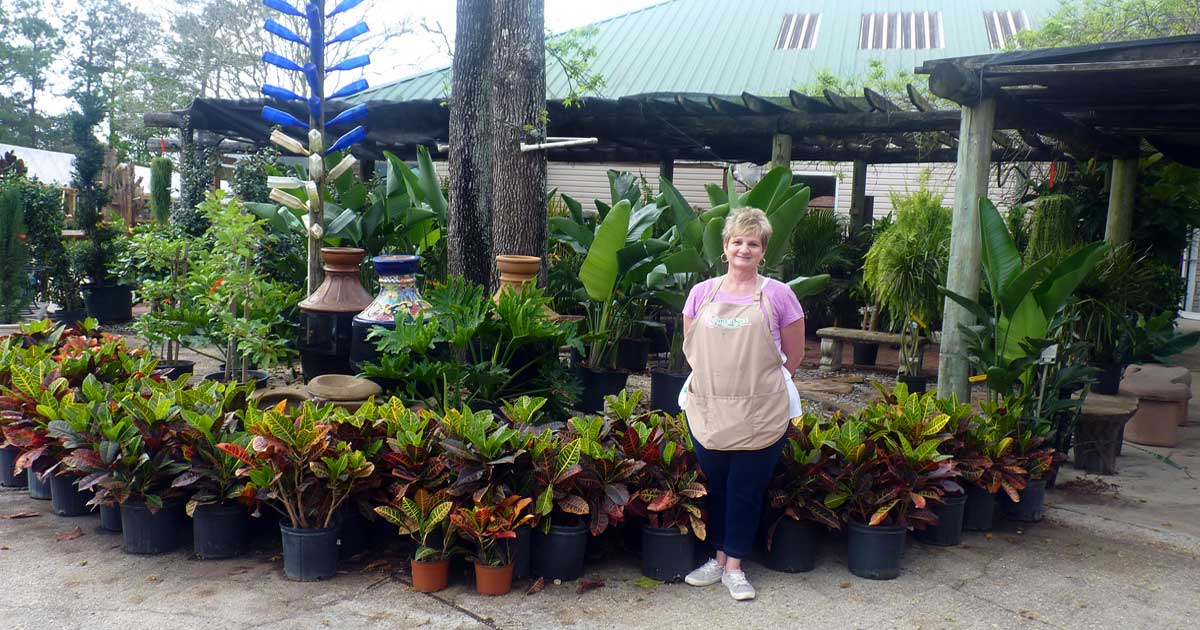










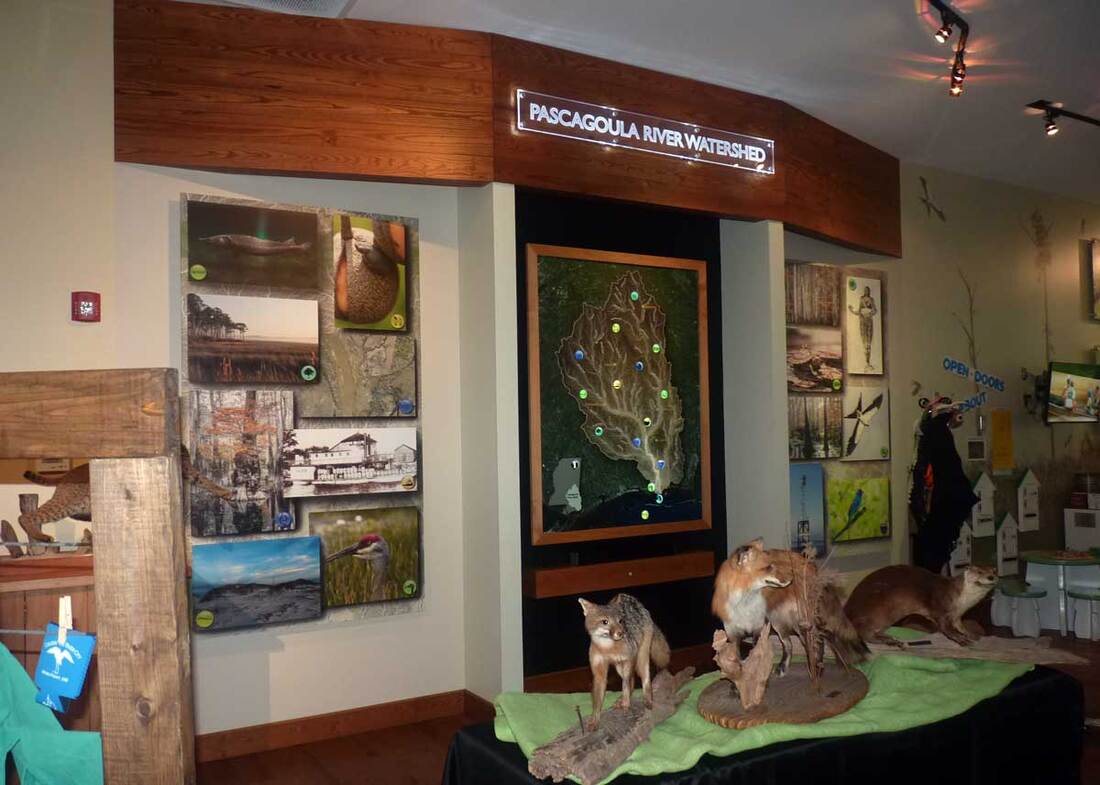














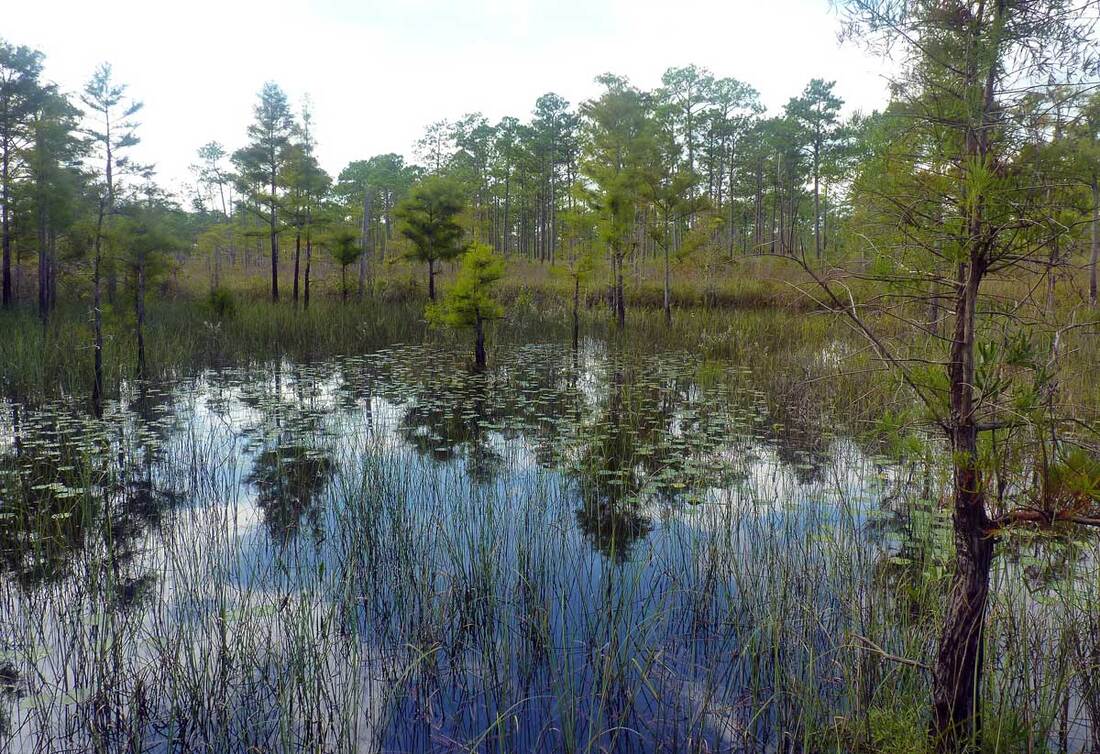
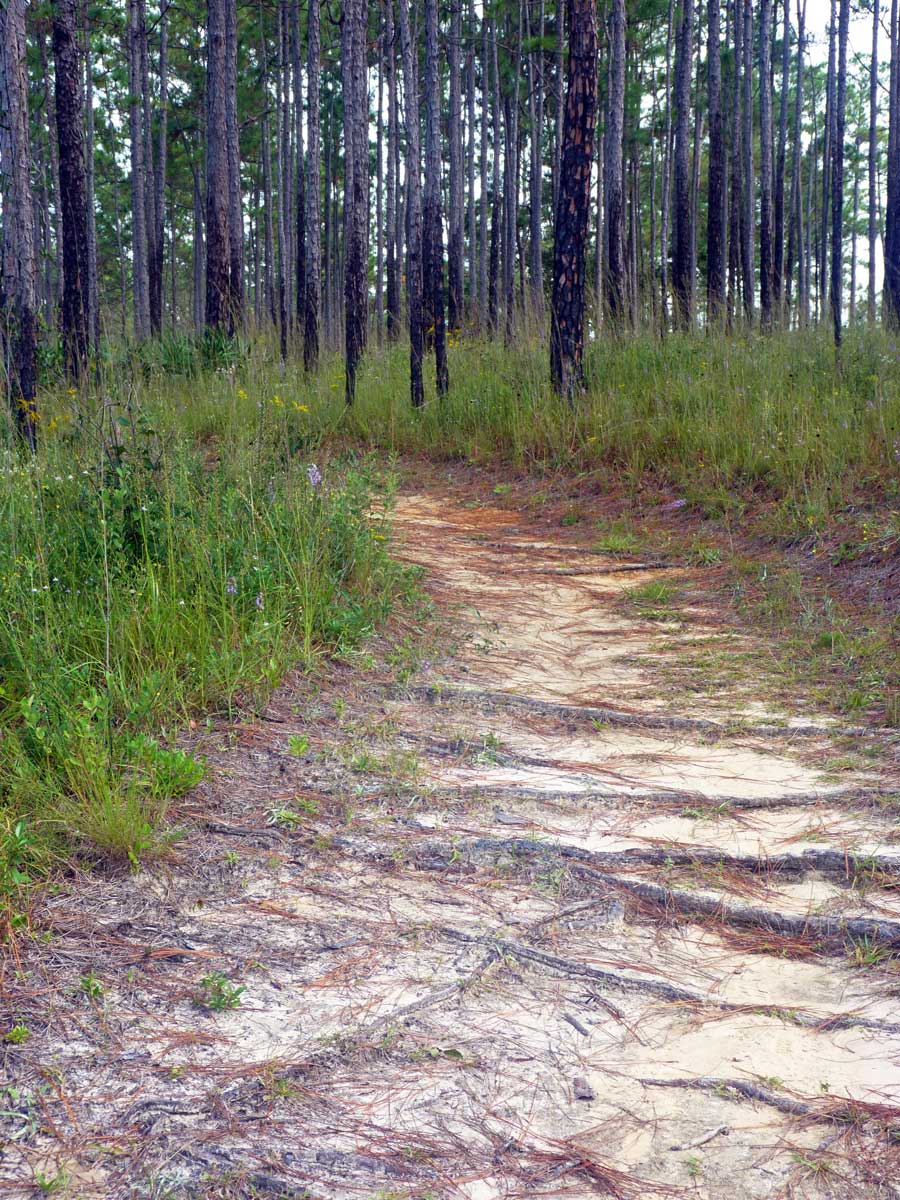











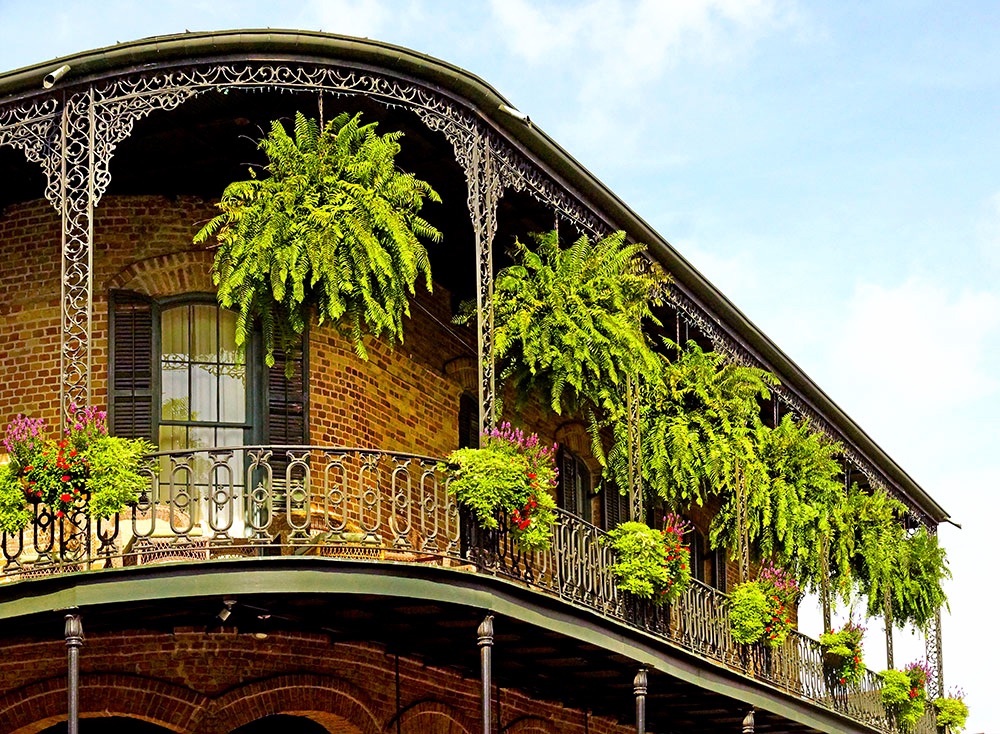






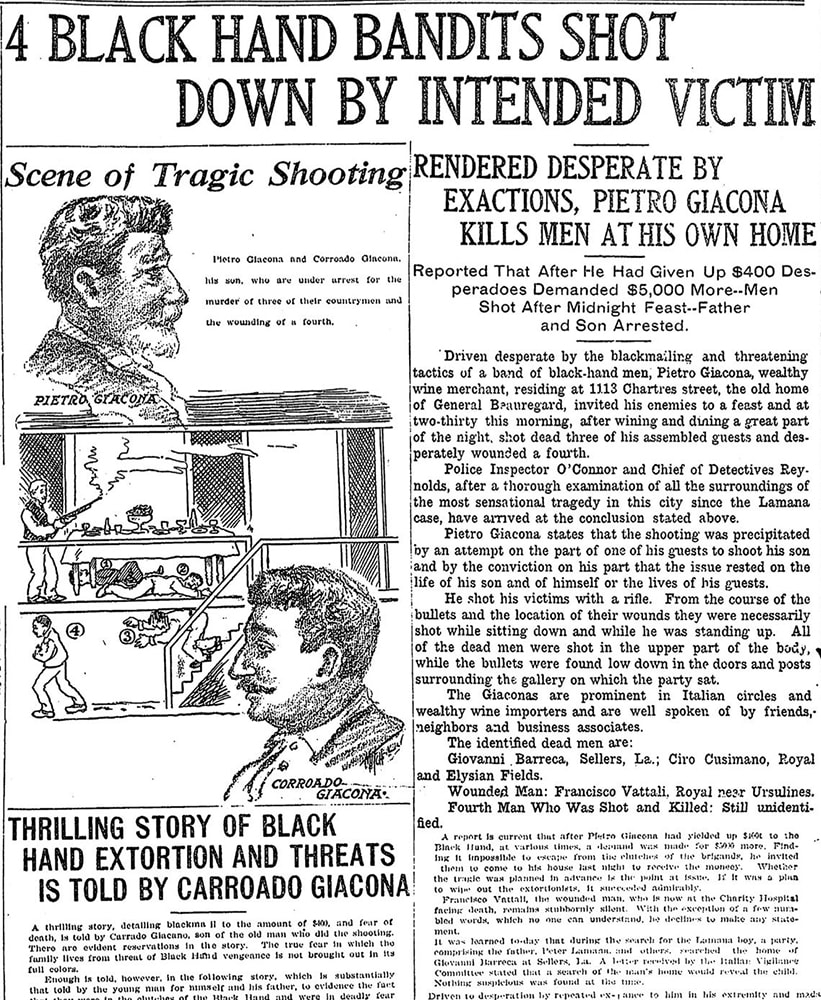



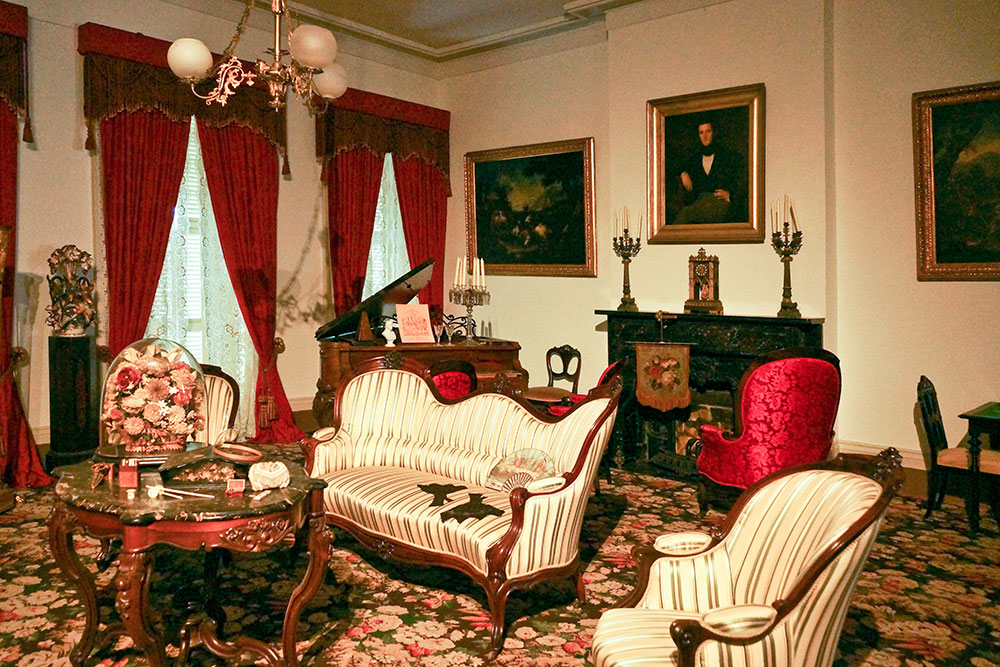

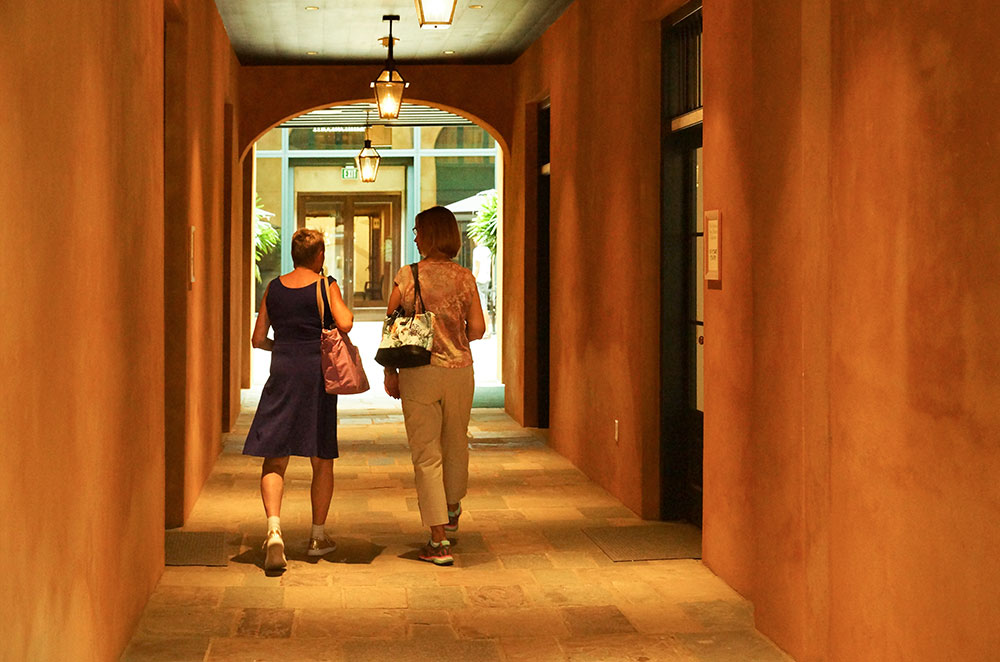


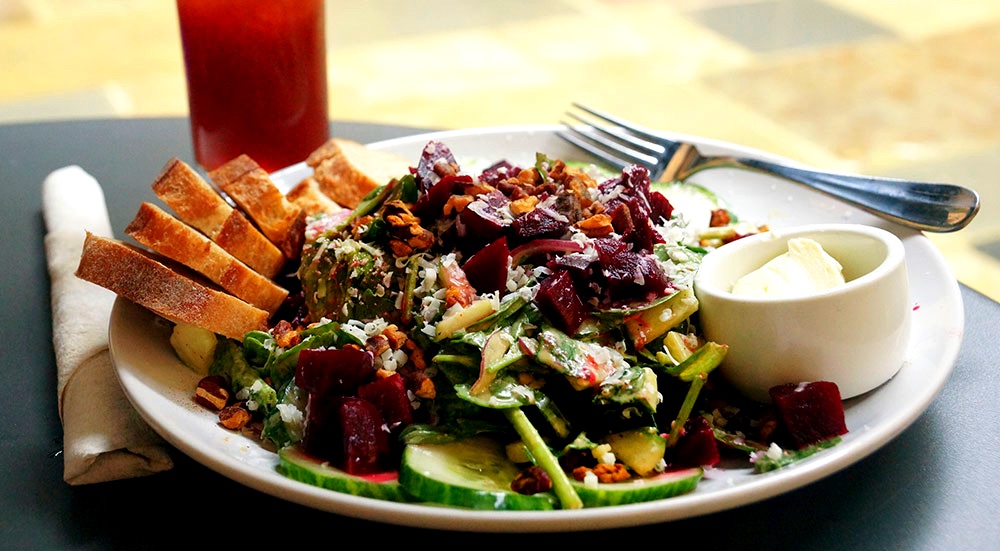




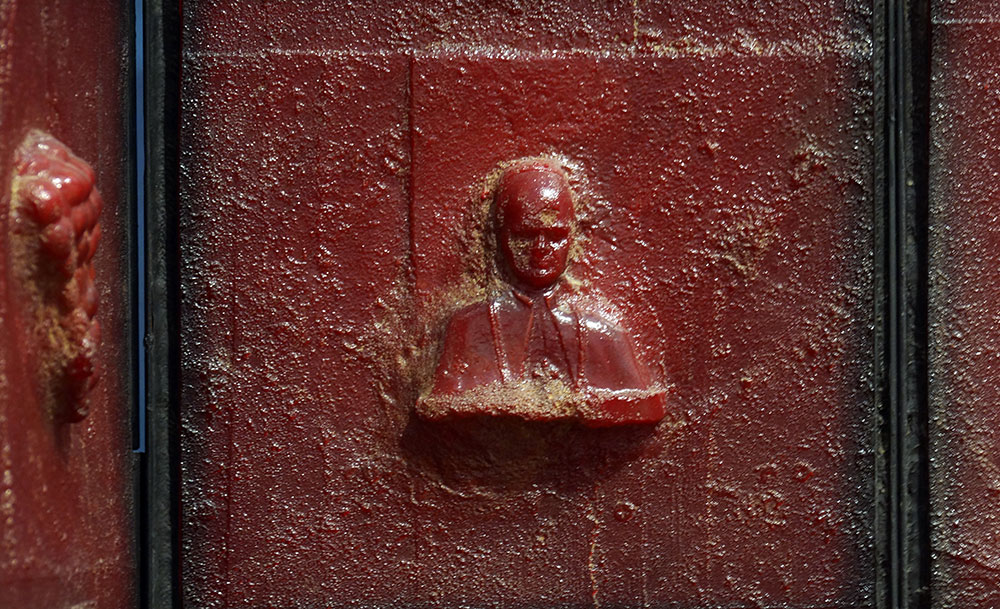






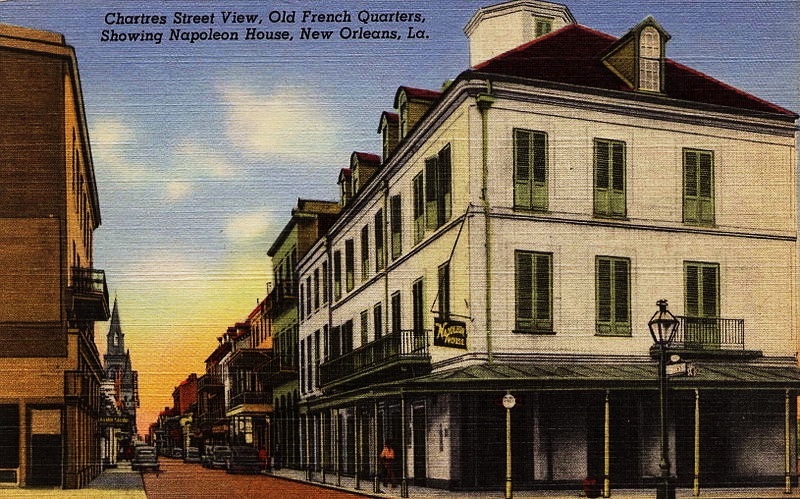

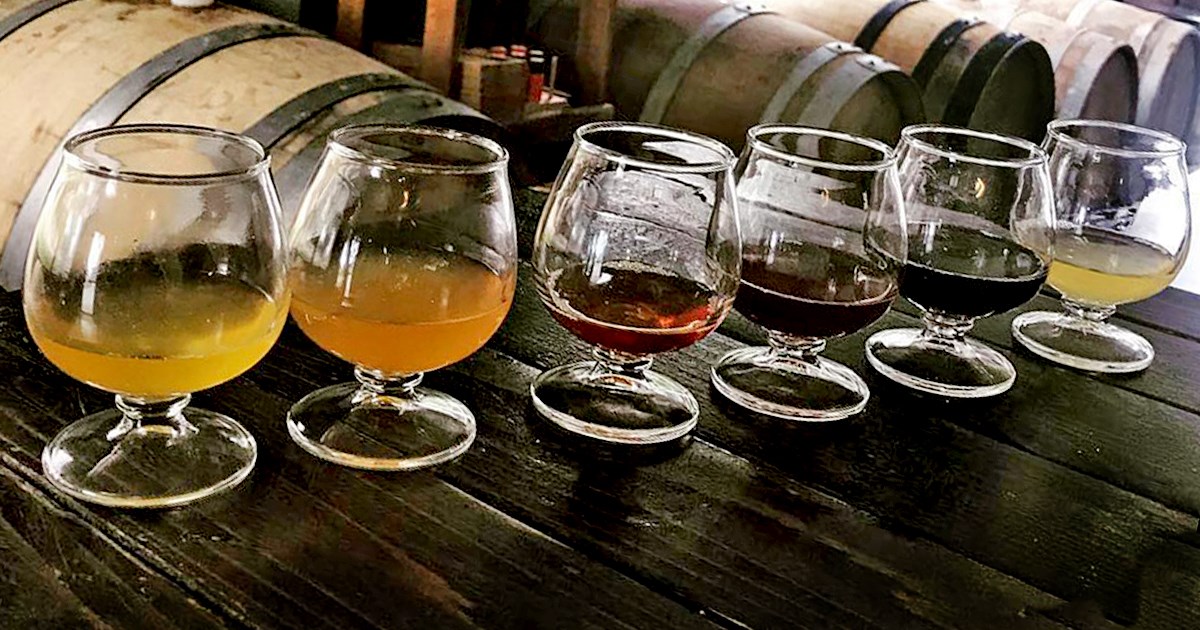































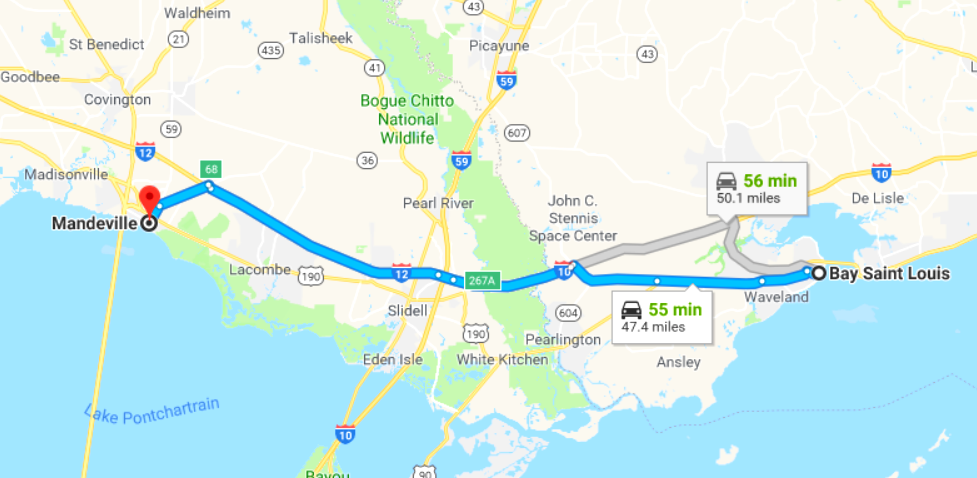




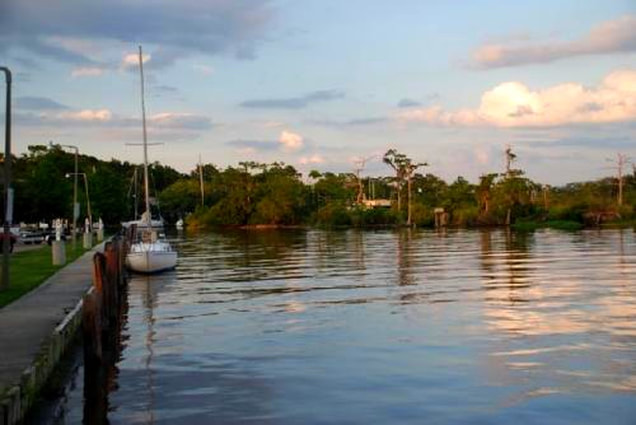












































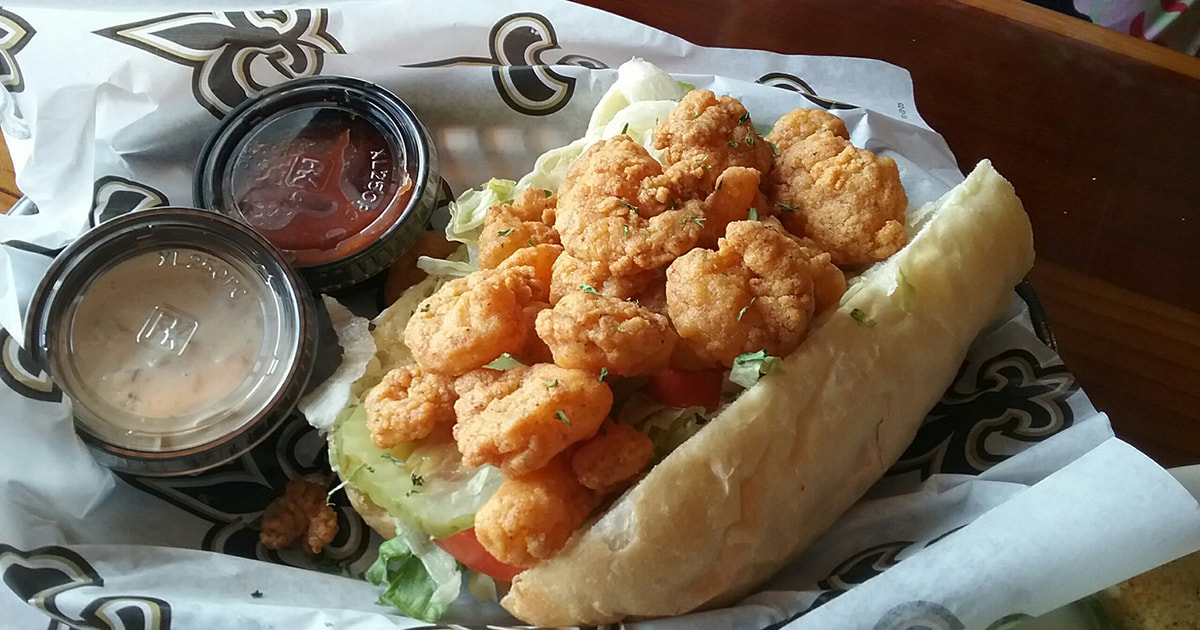



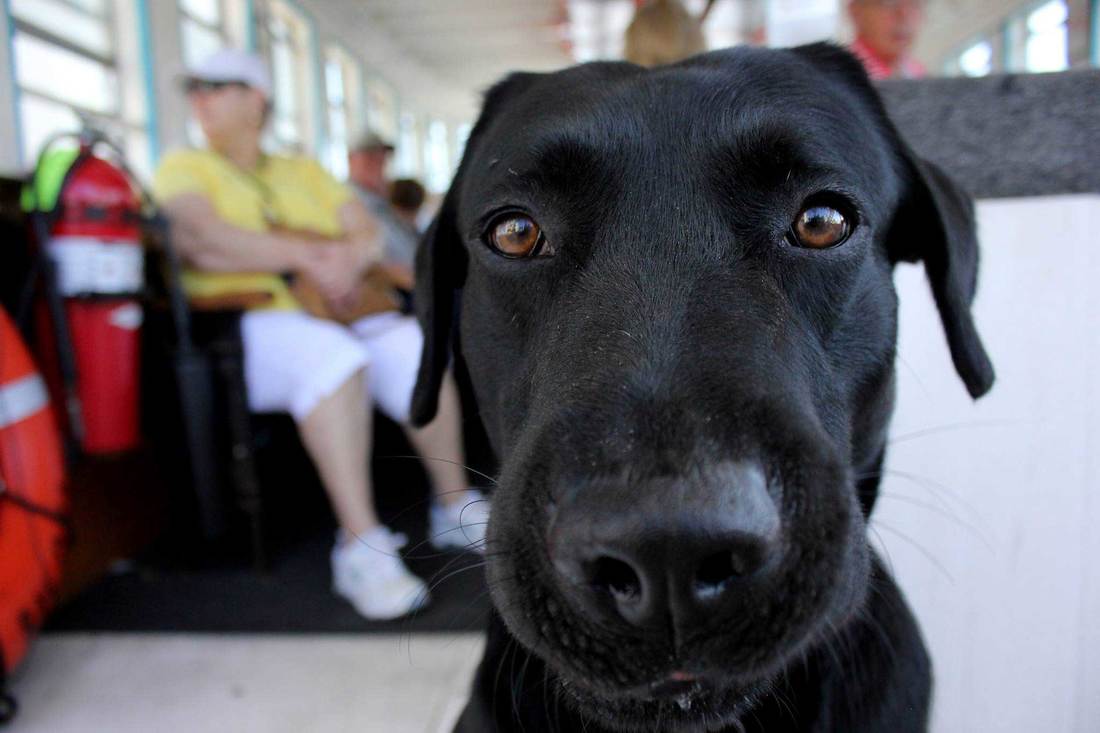
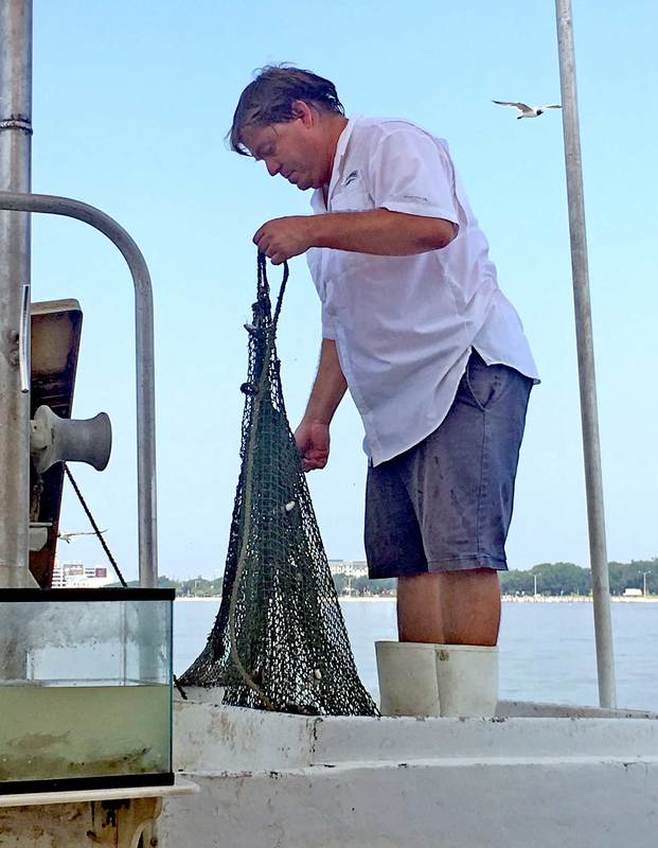

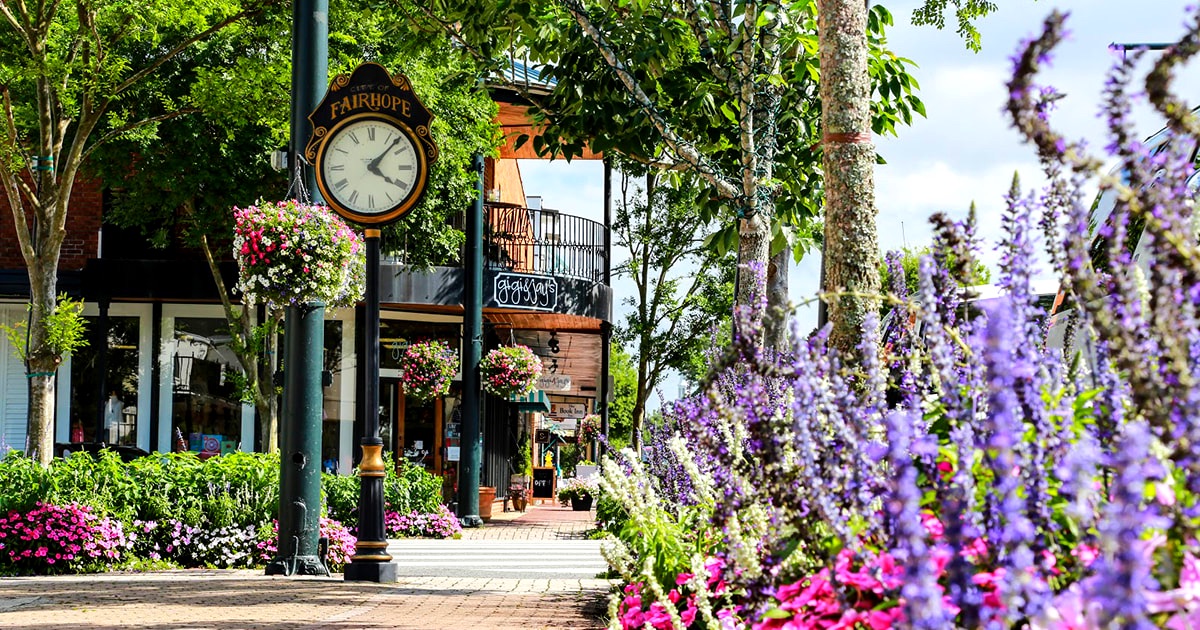














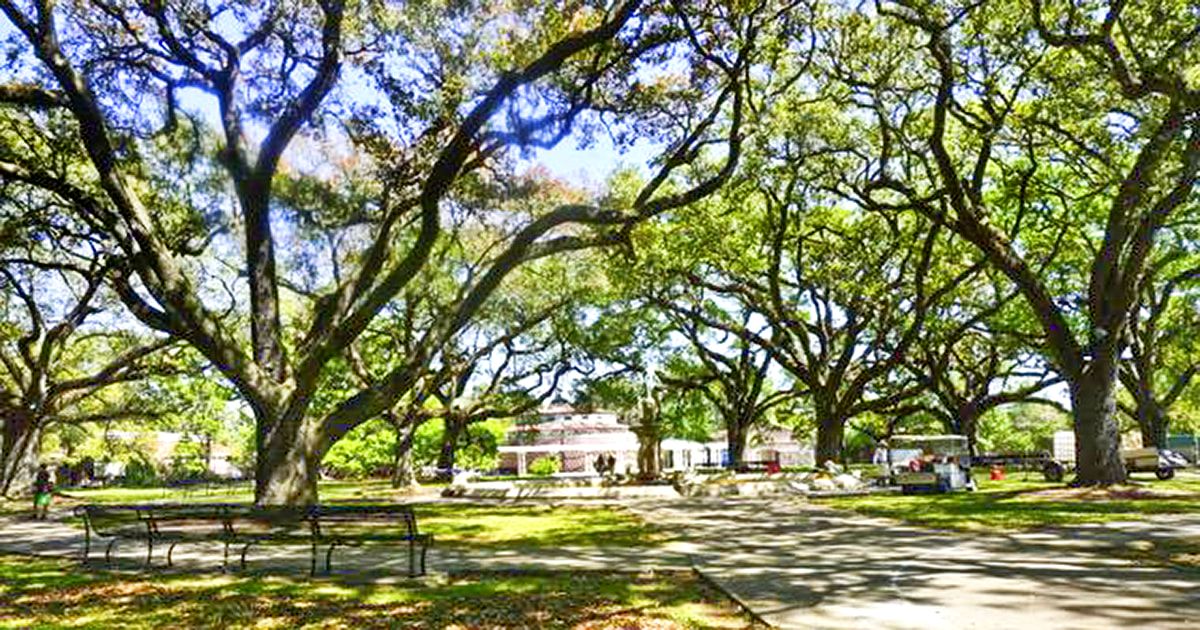

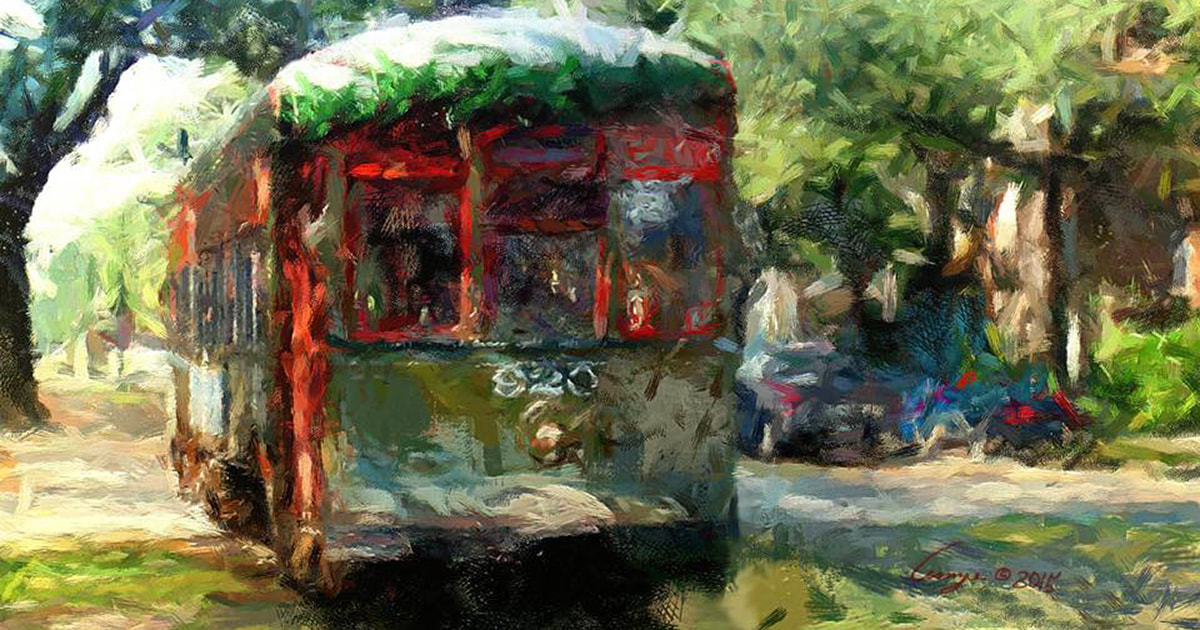


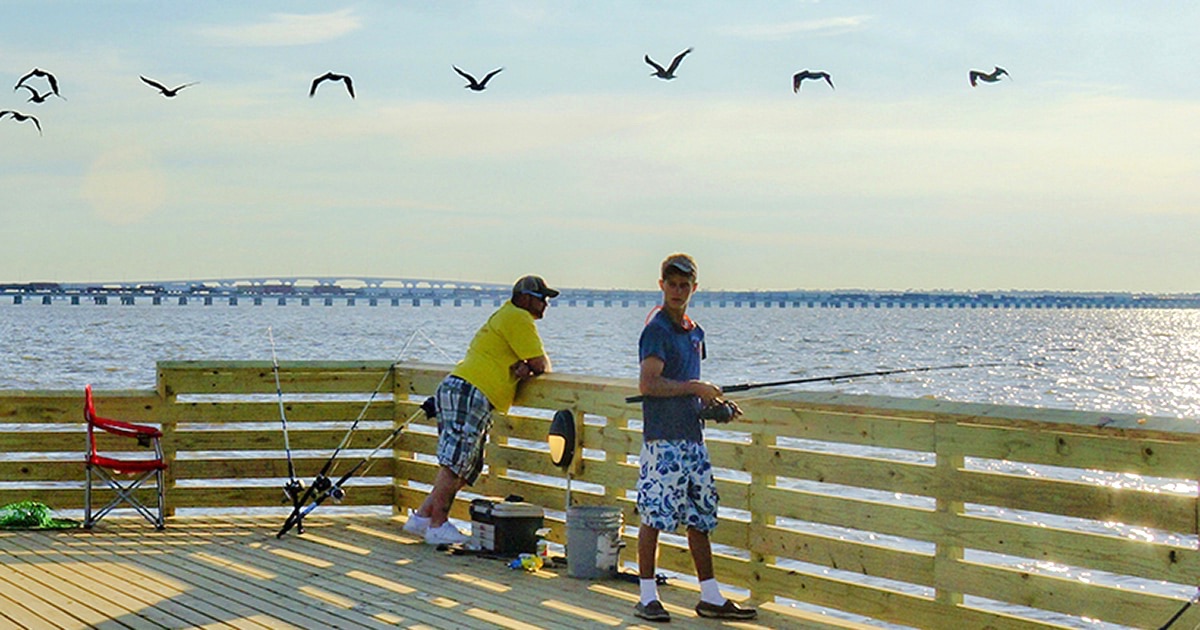






























 RSS Feed
RSS Feed























